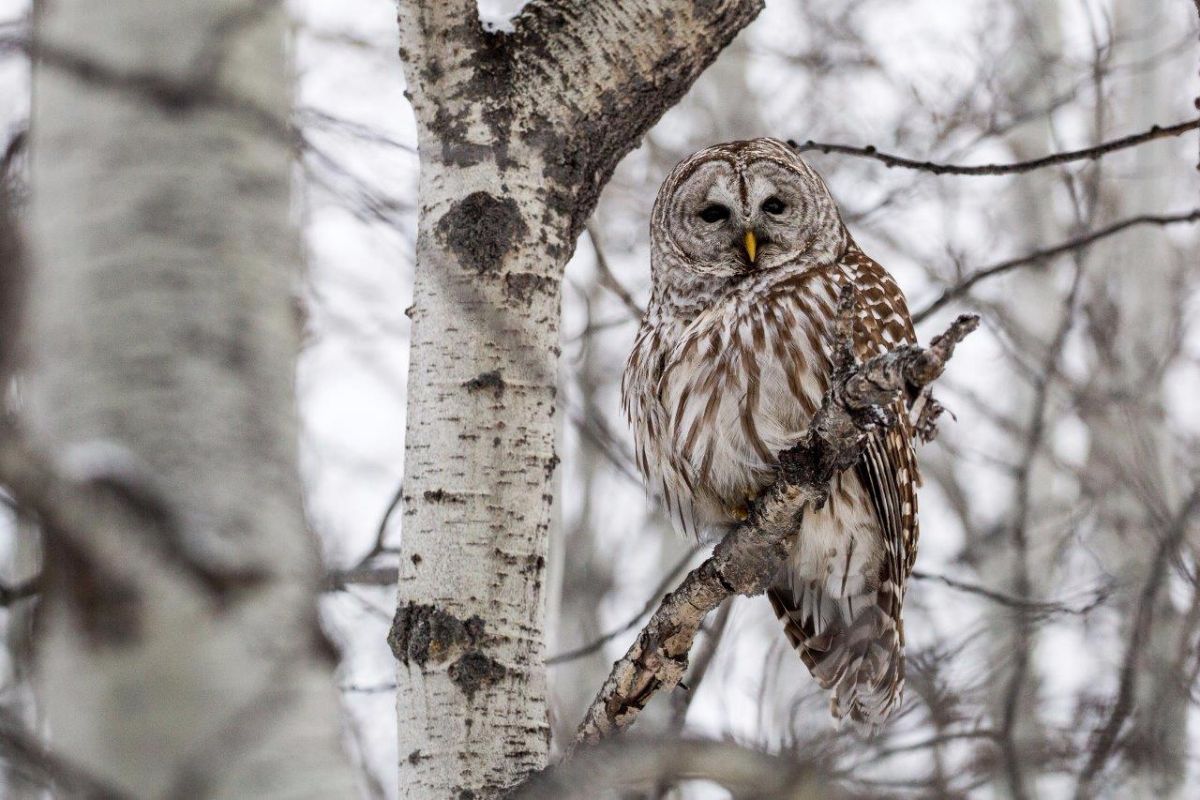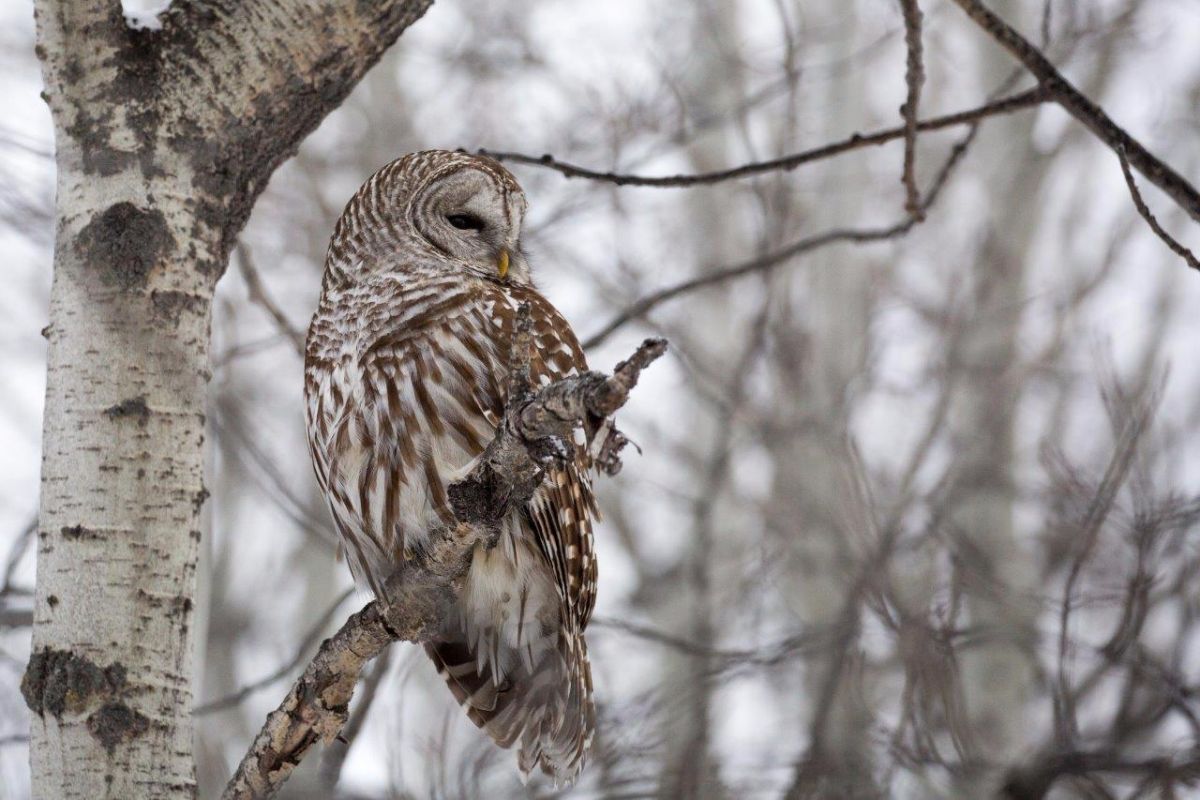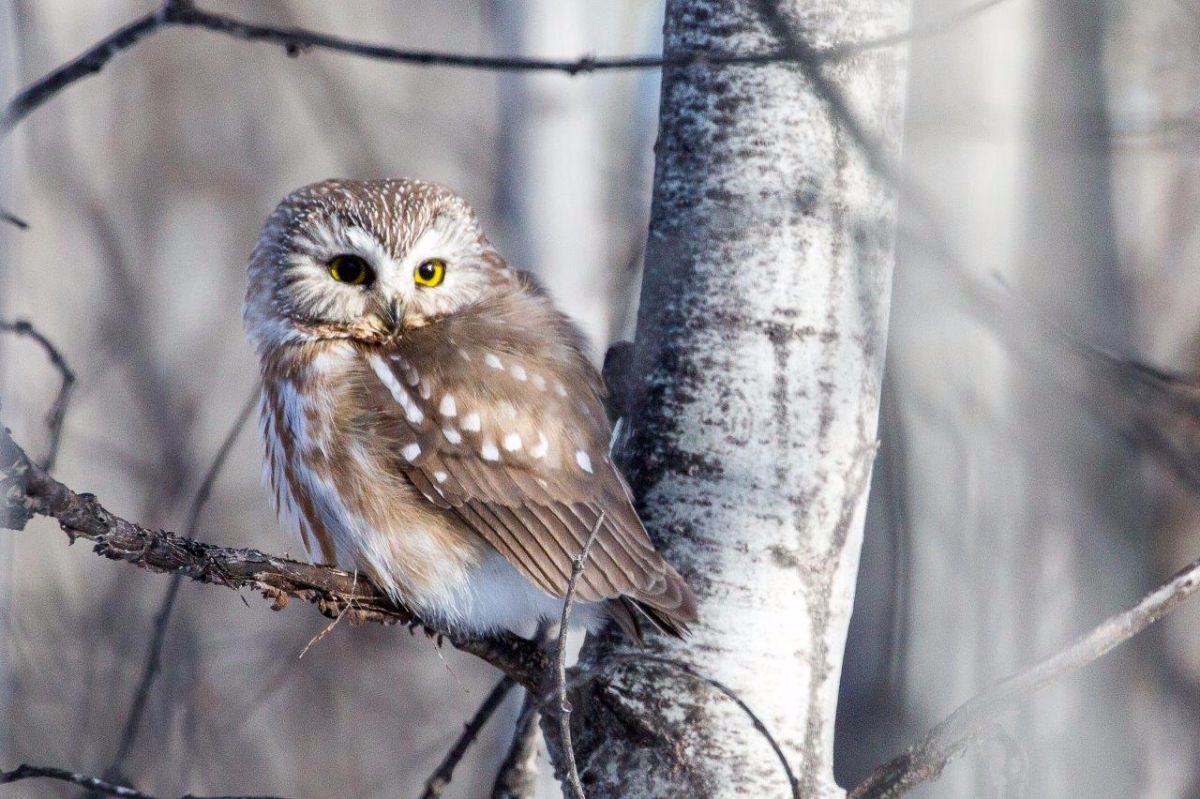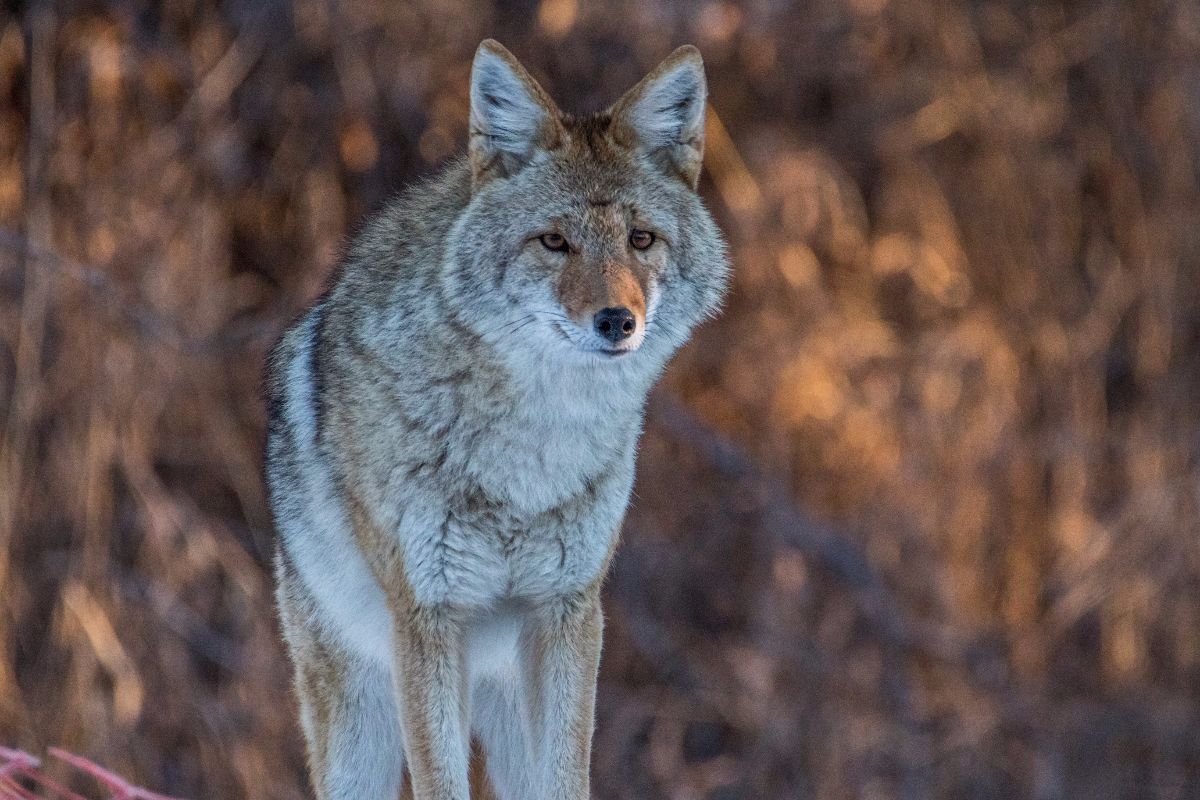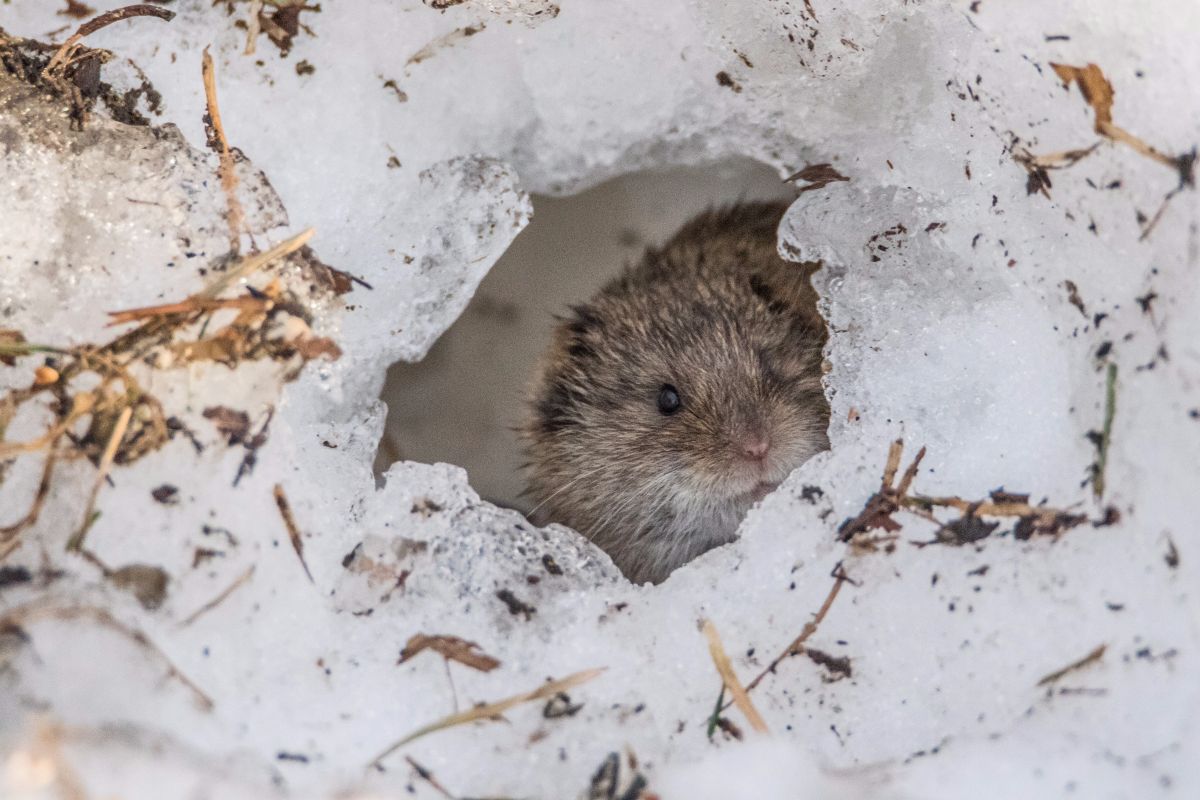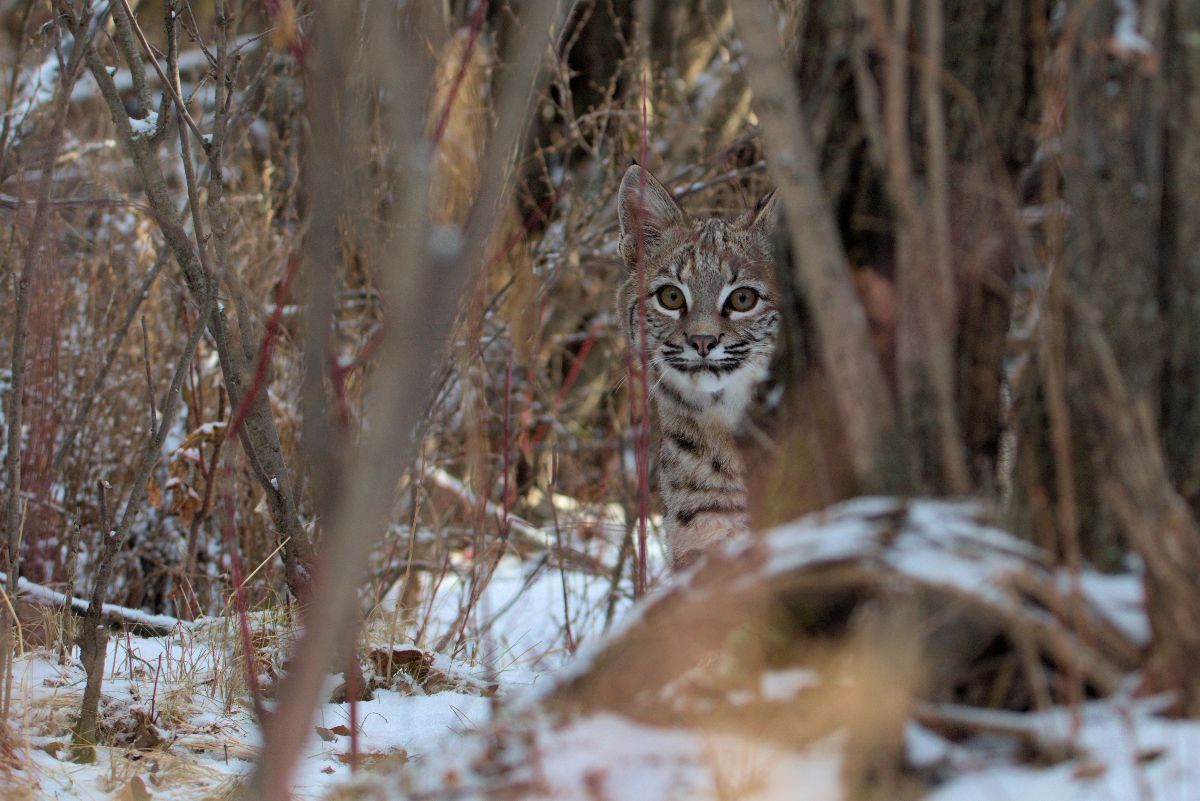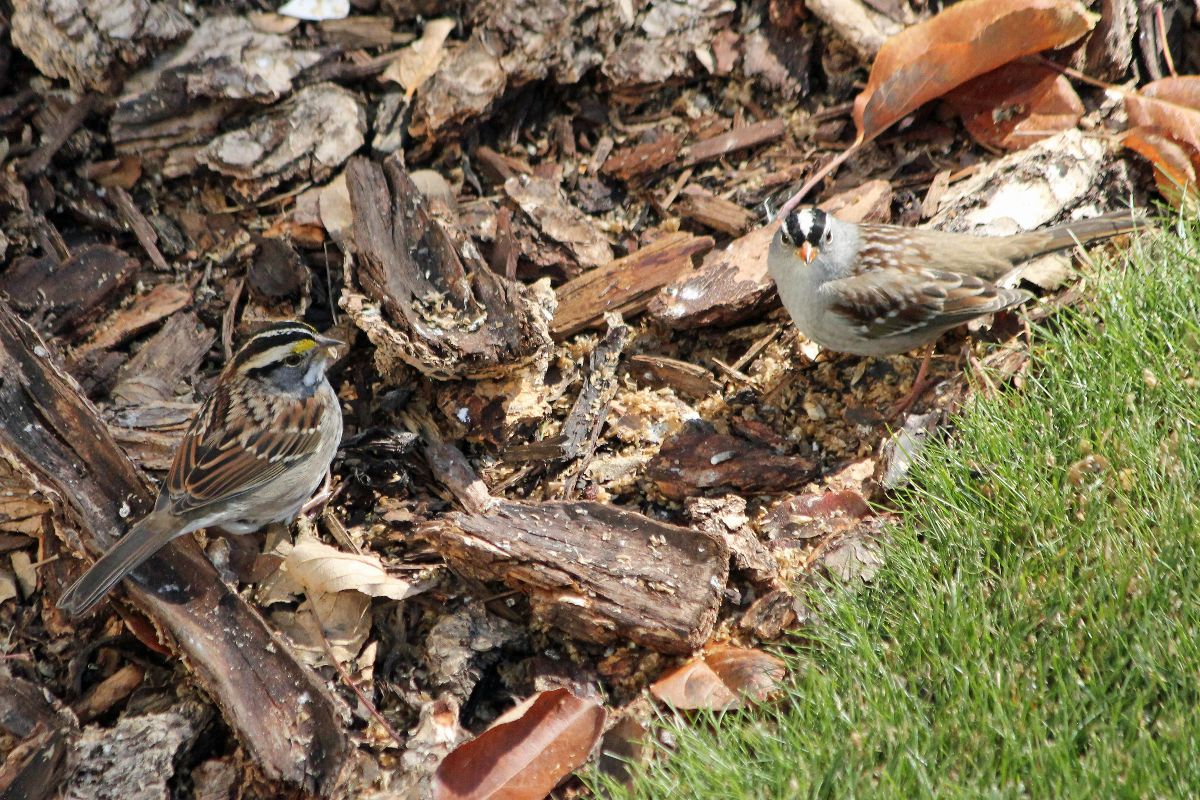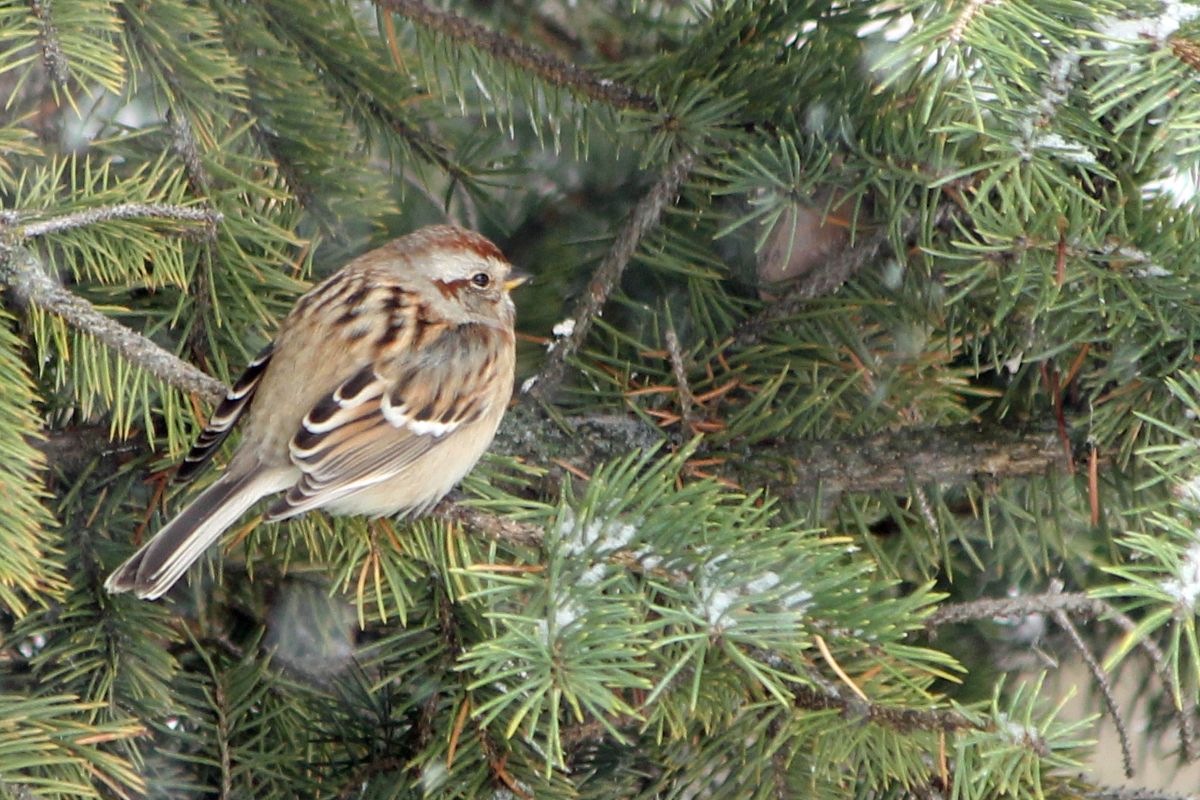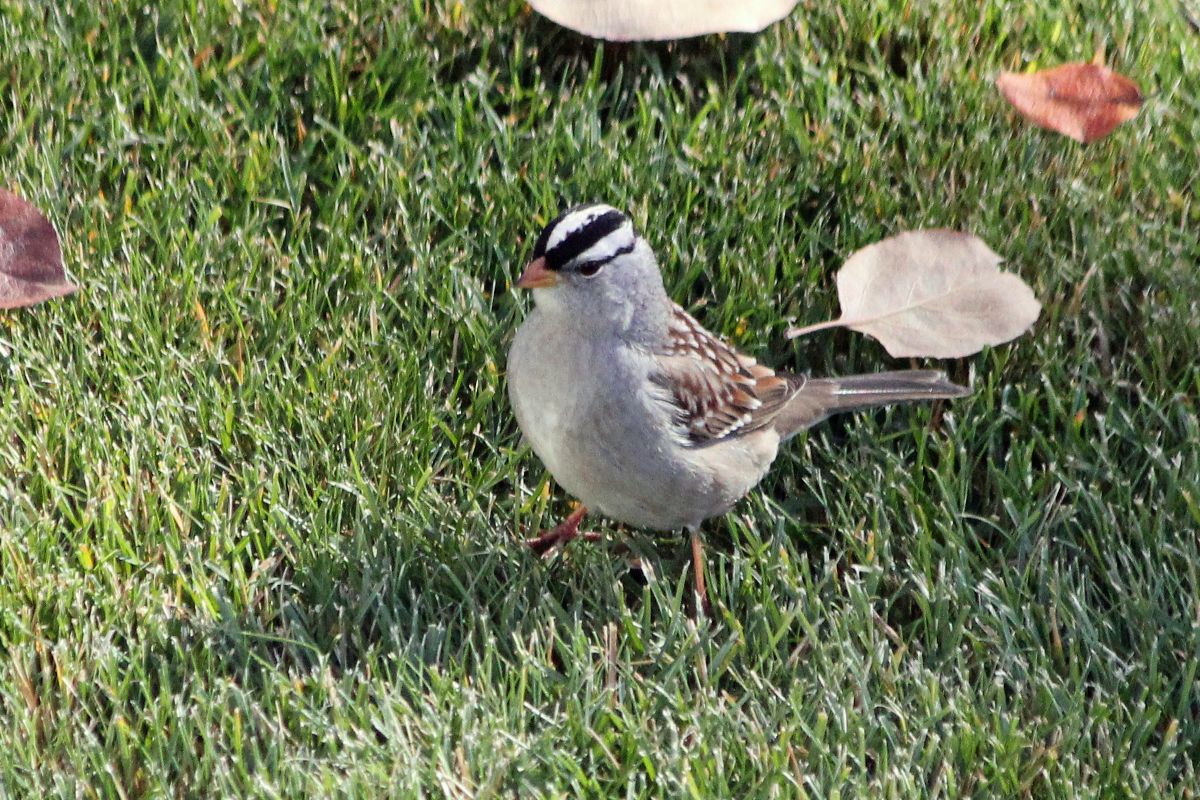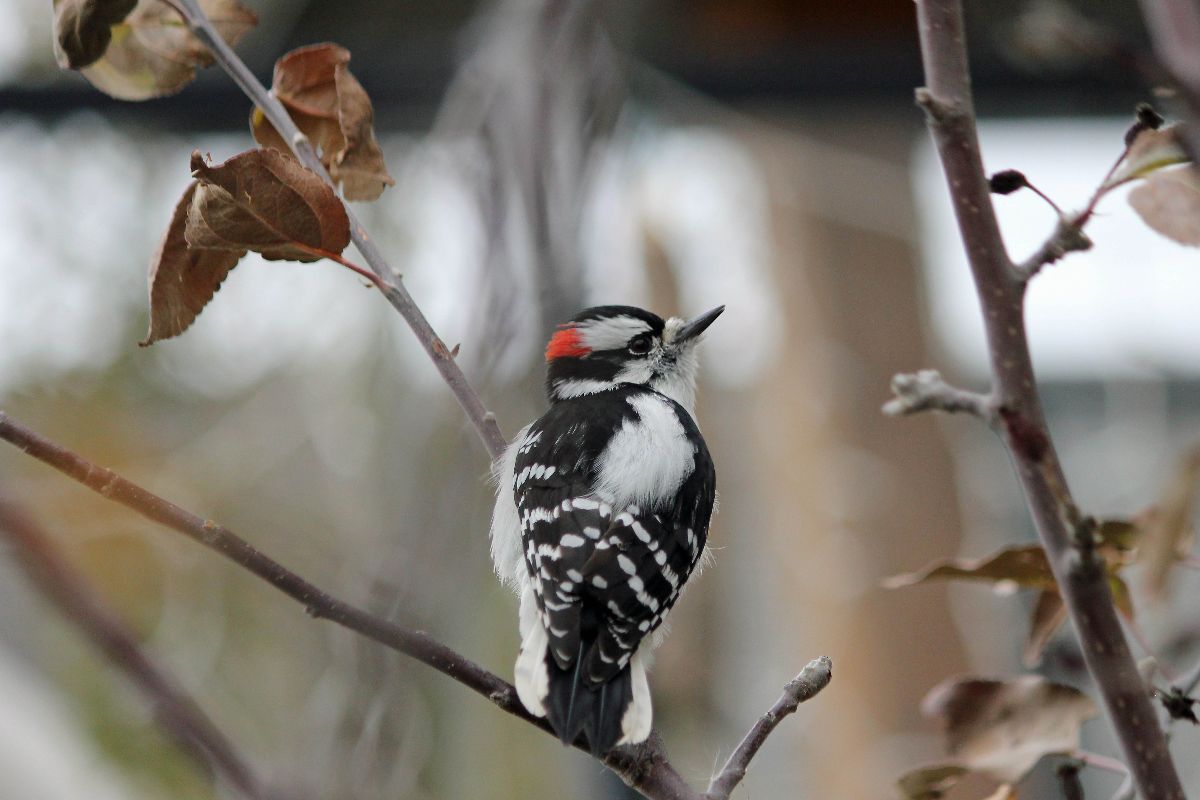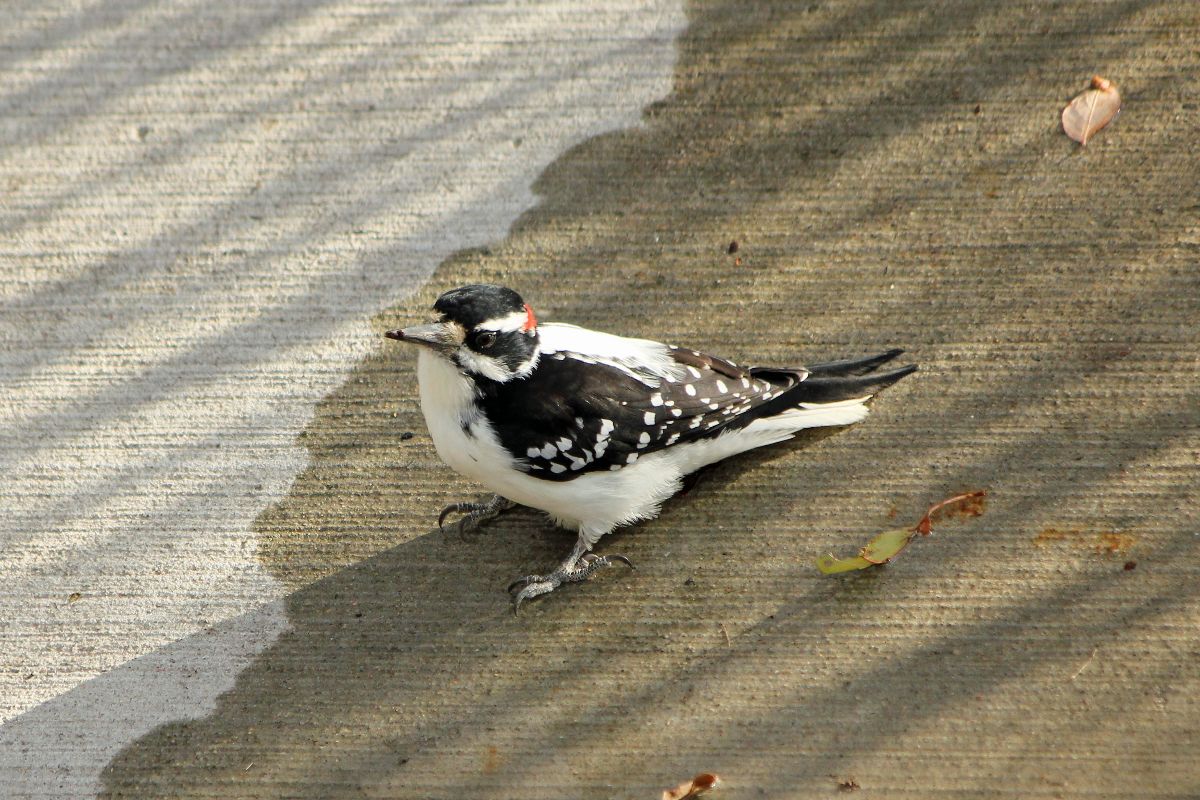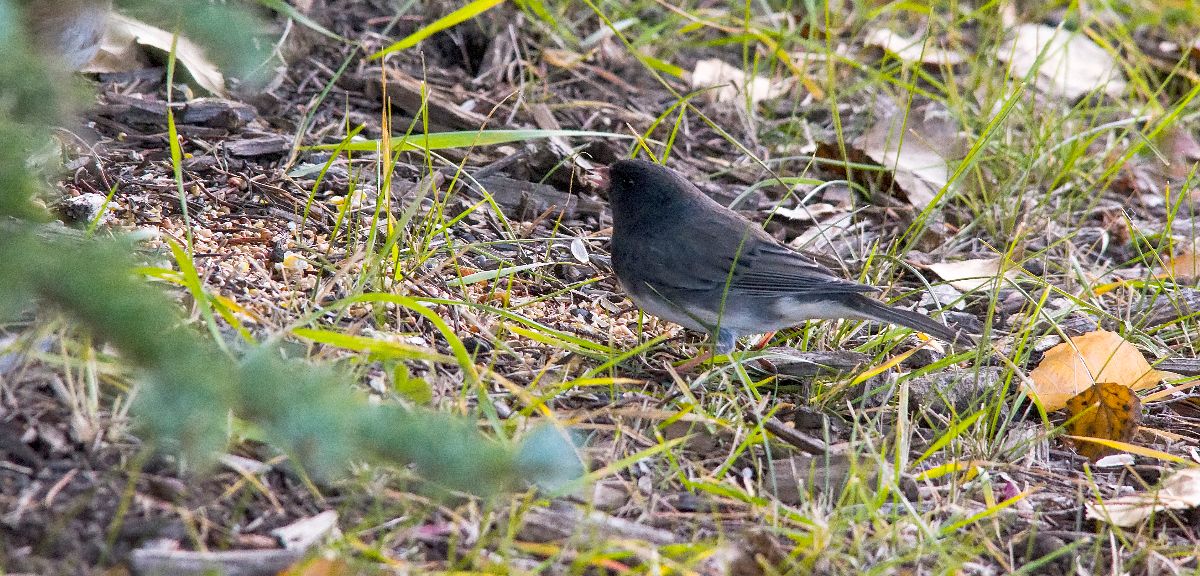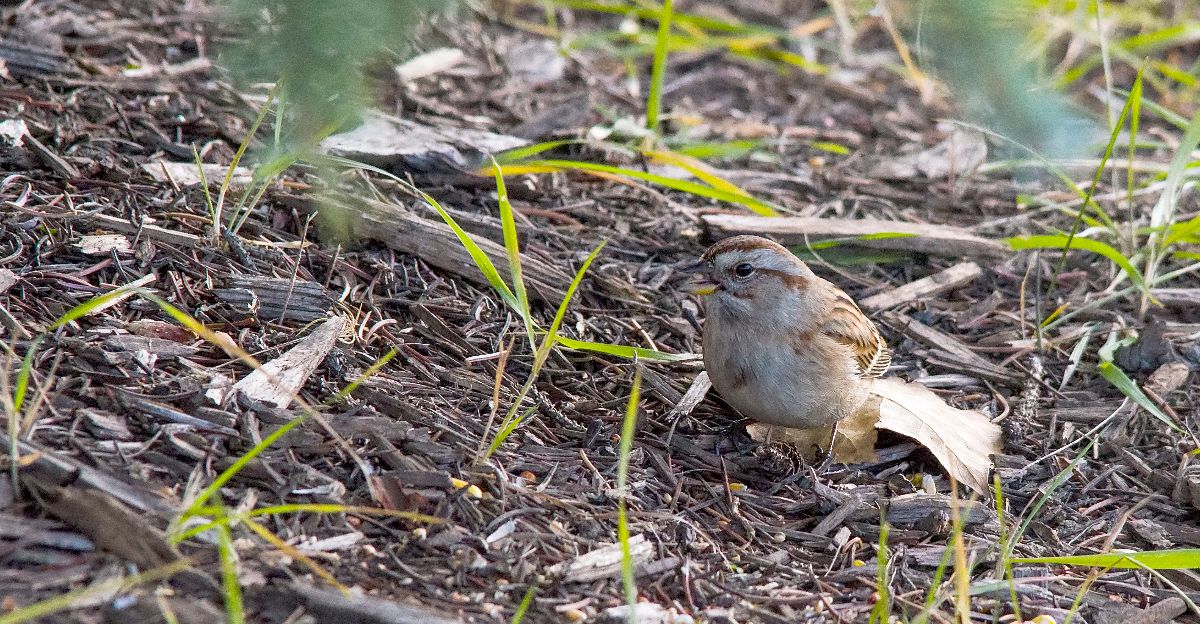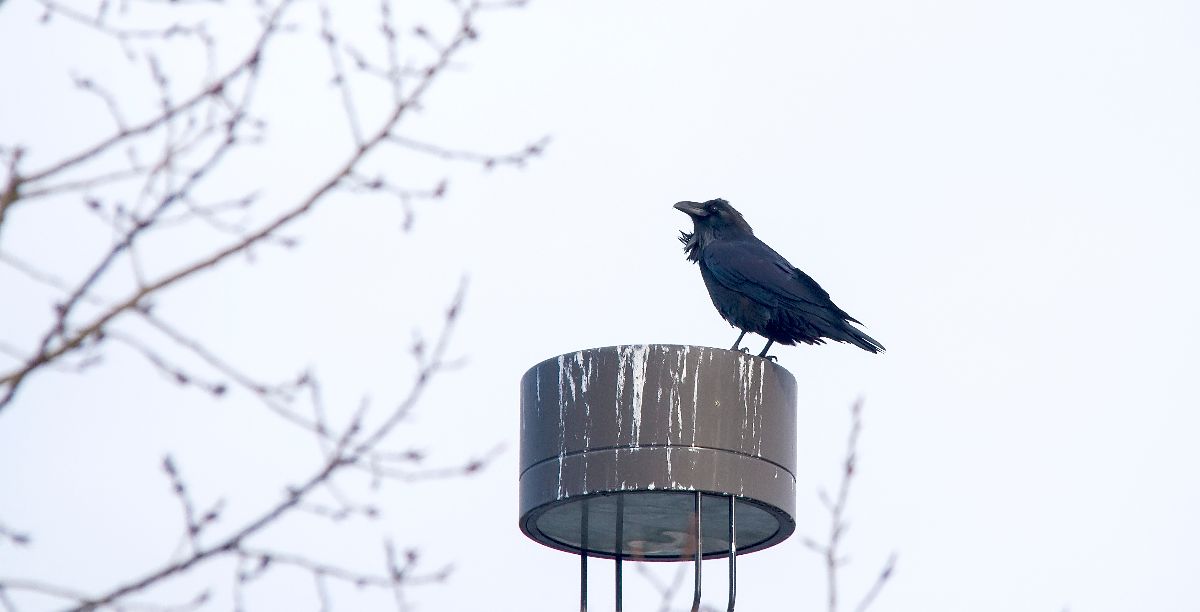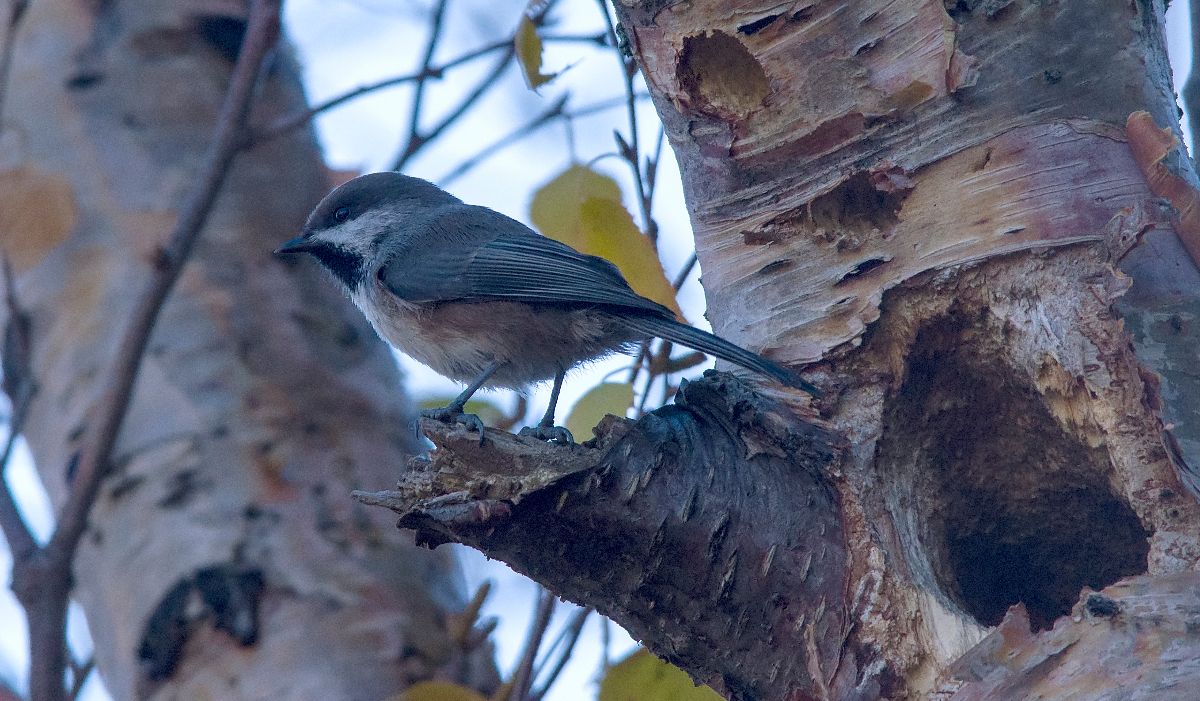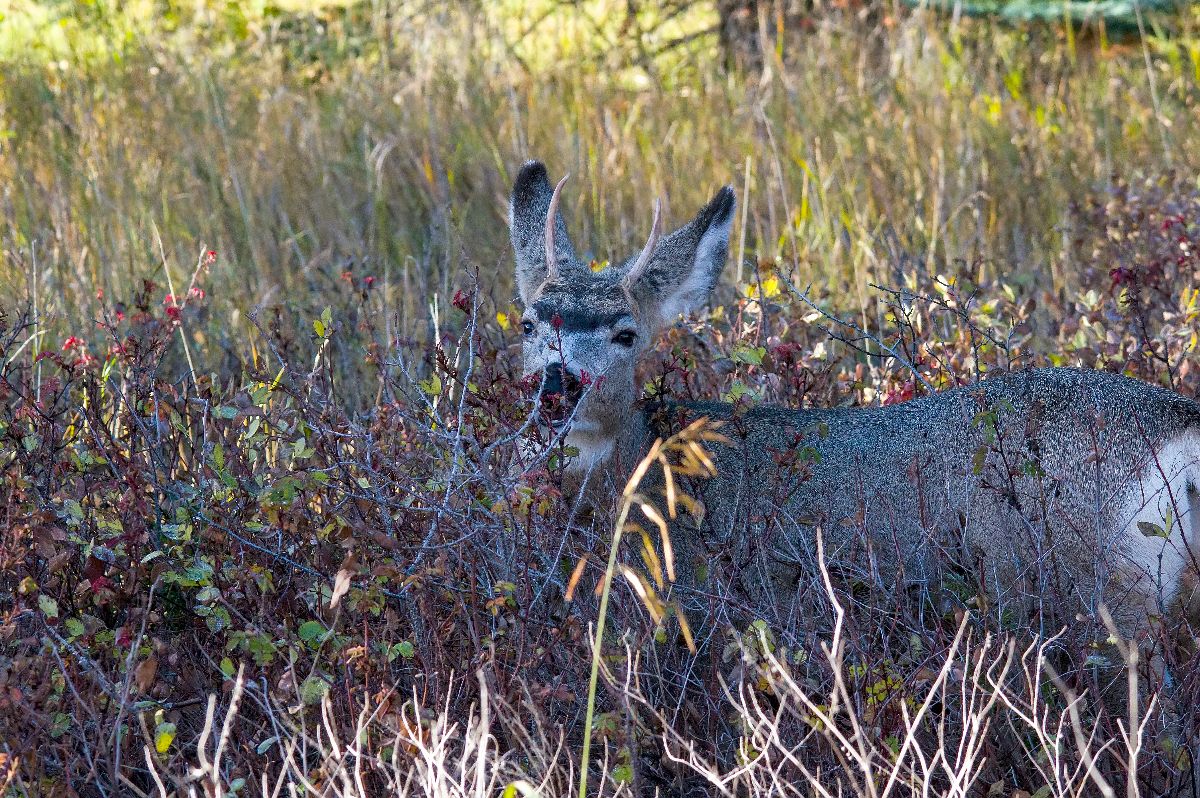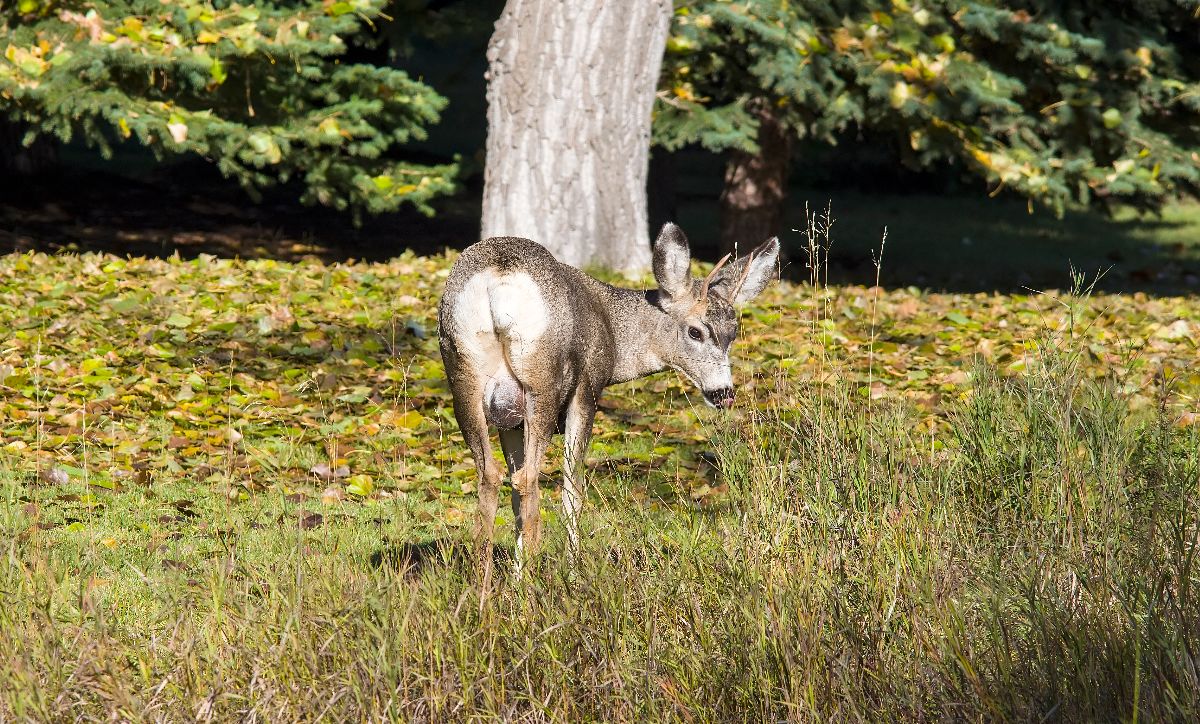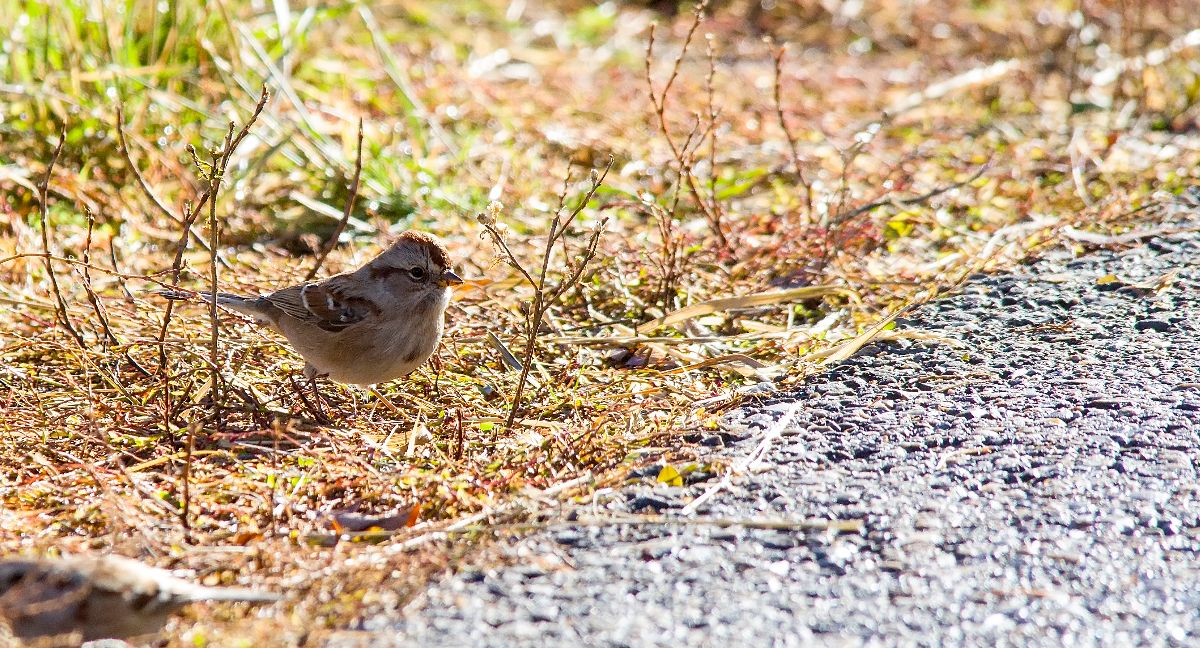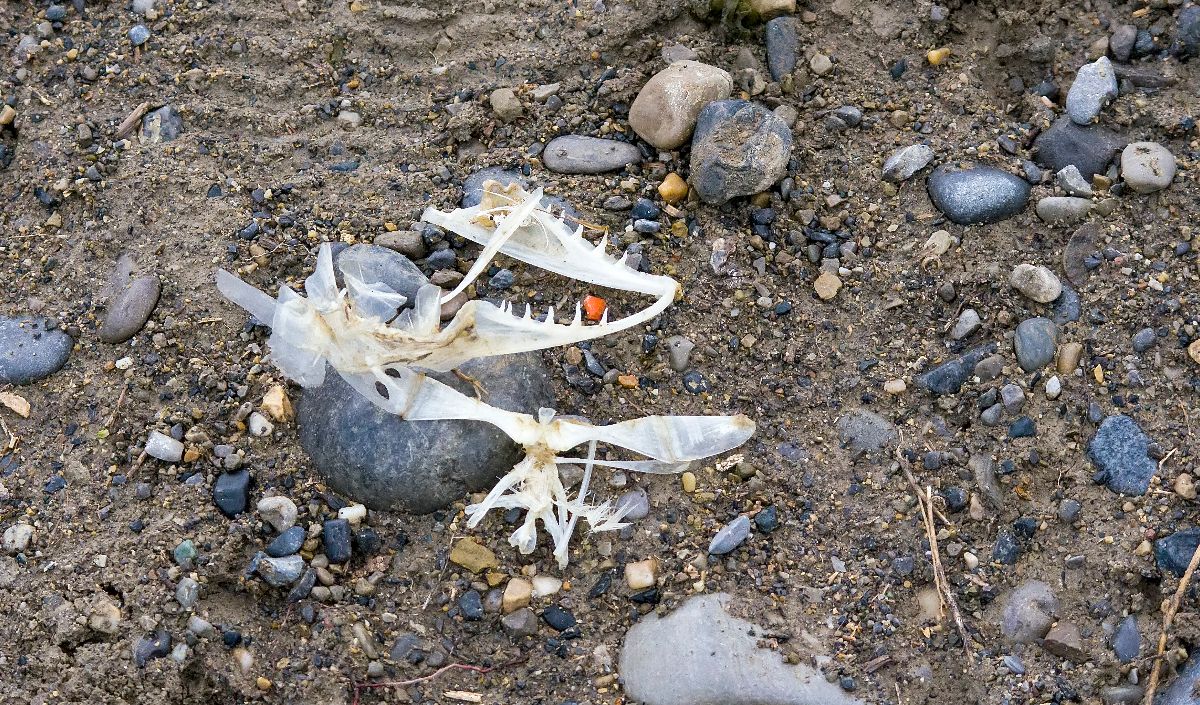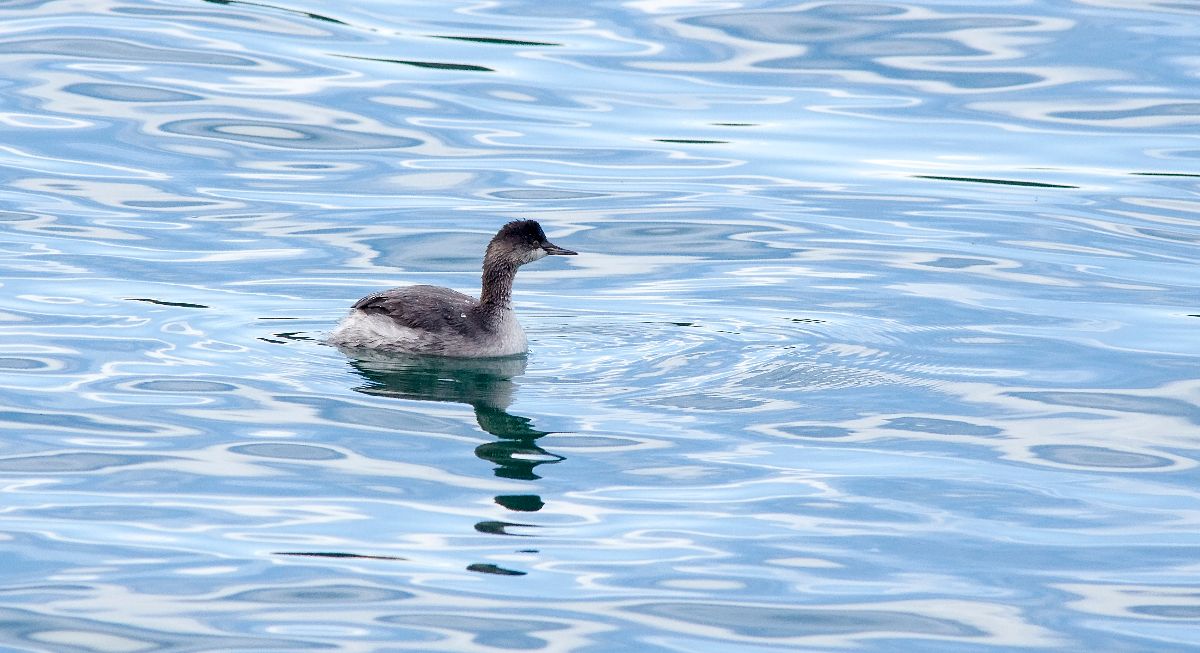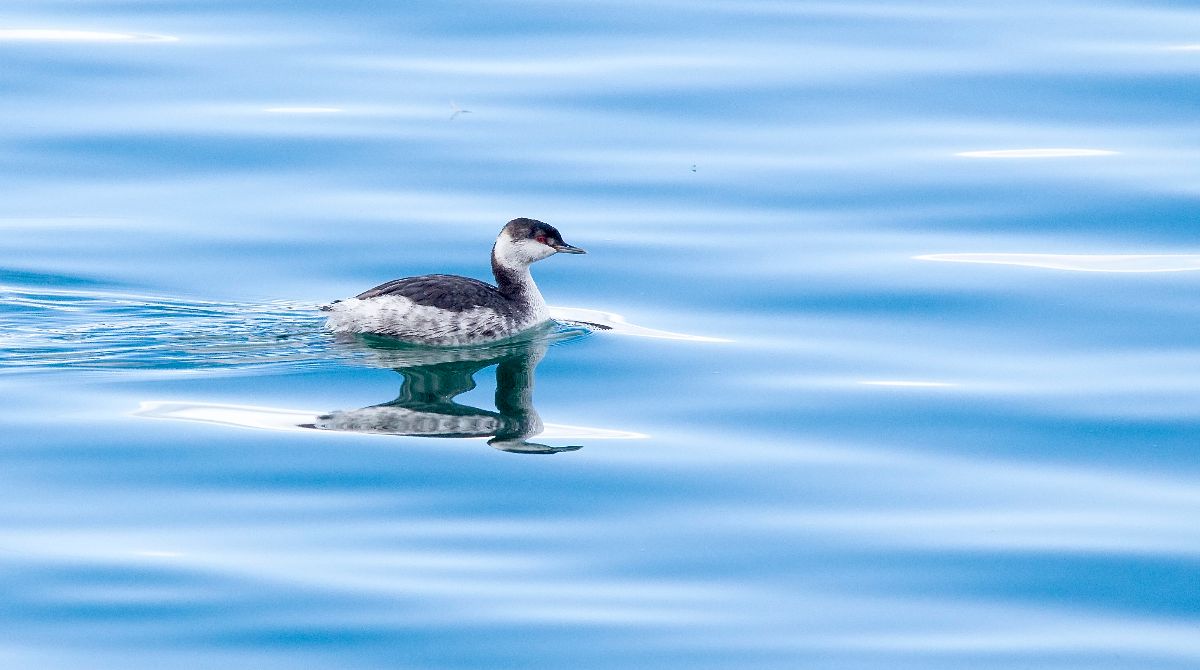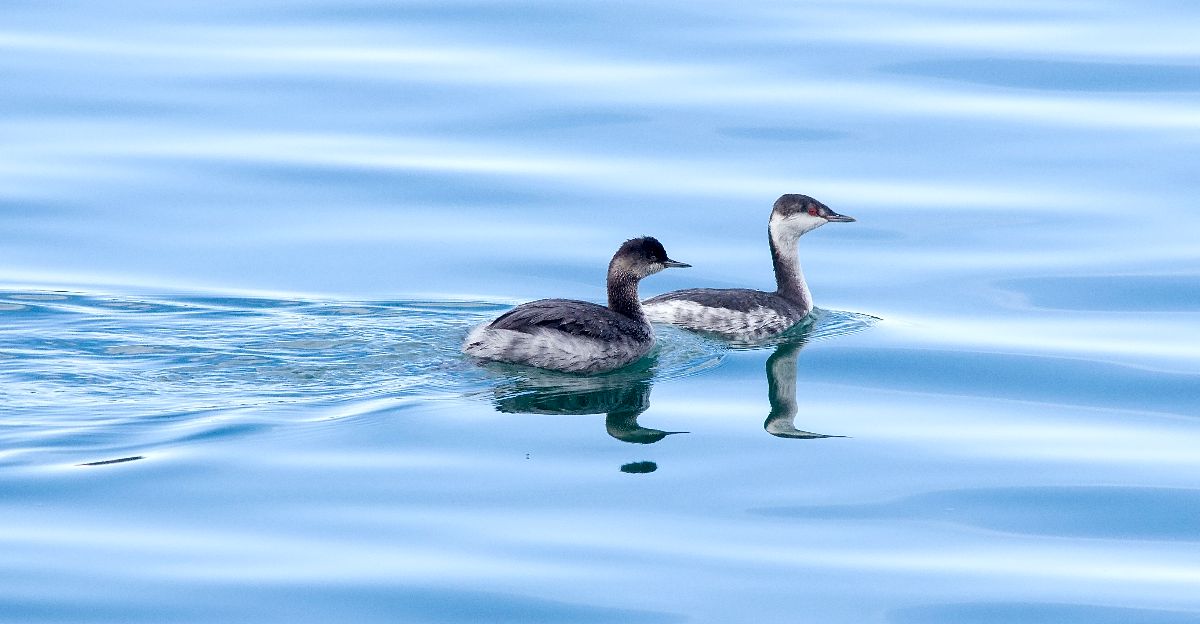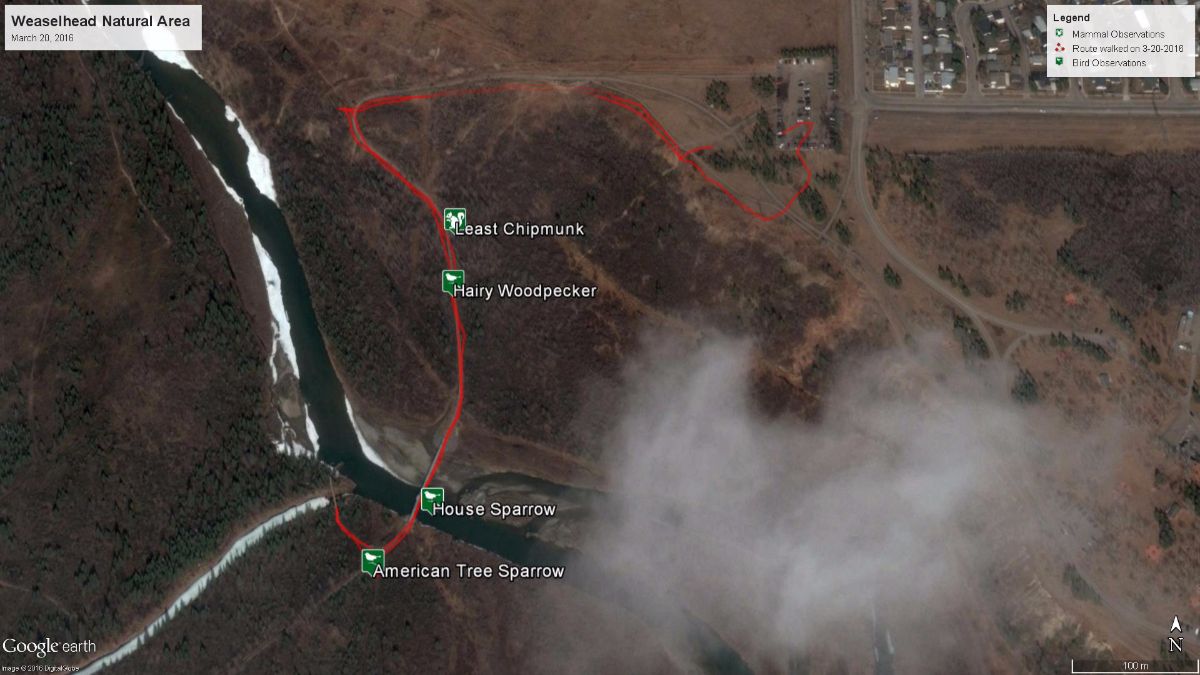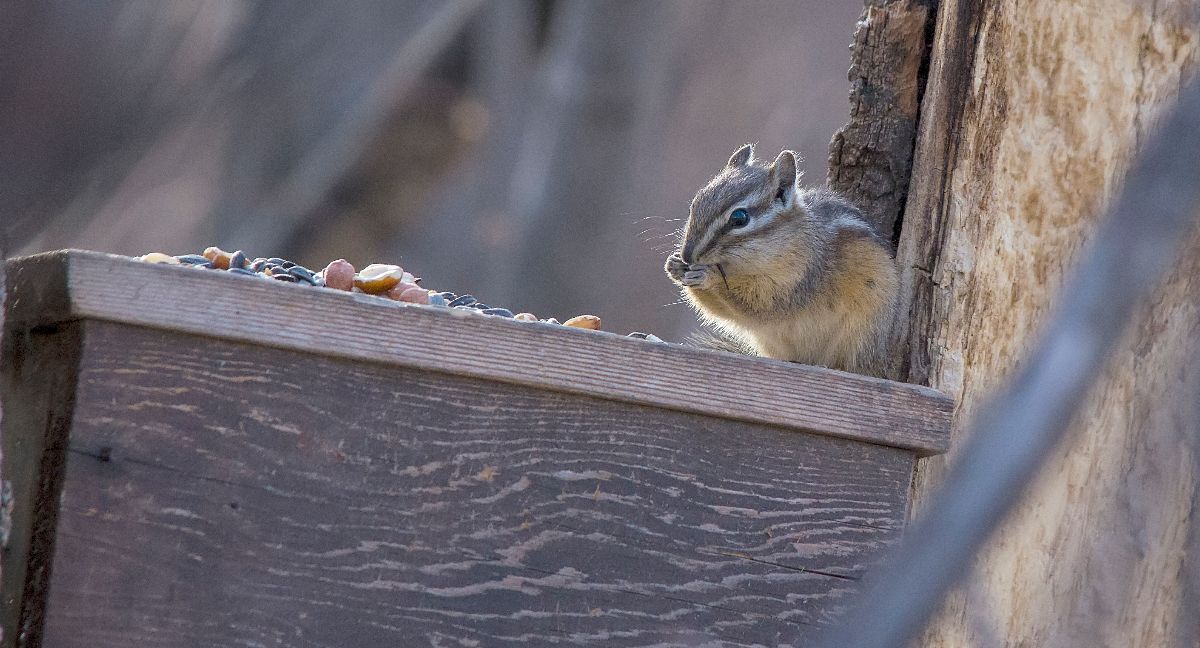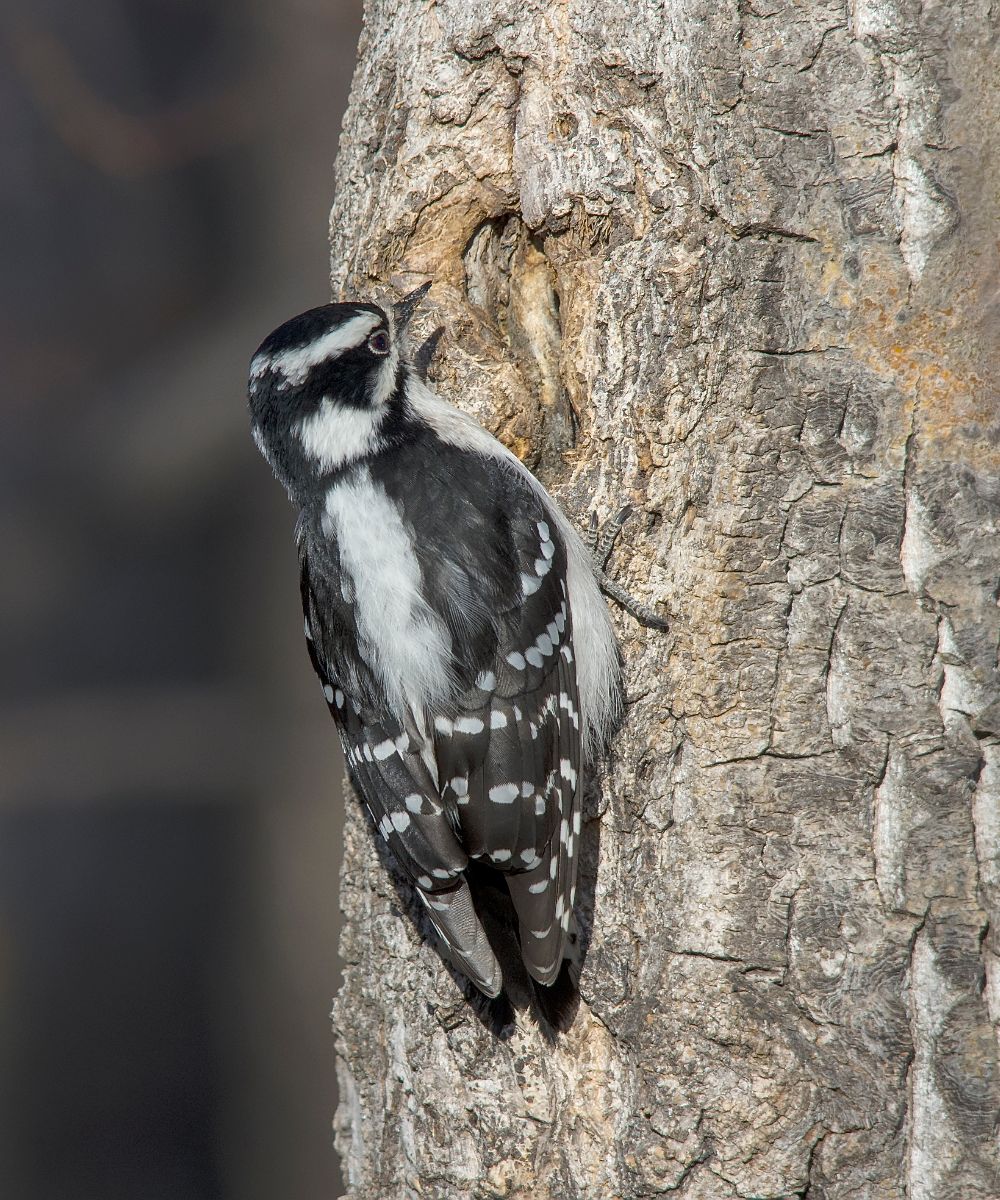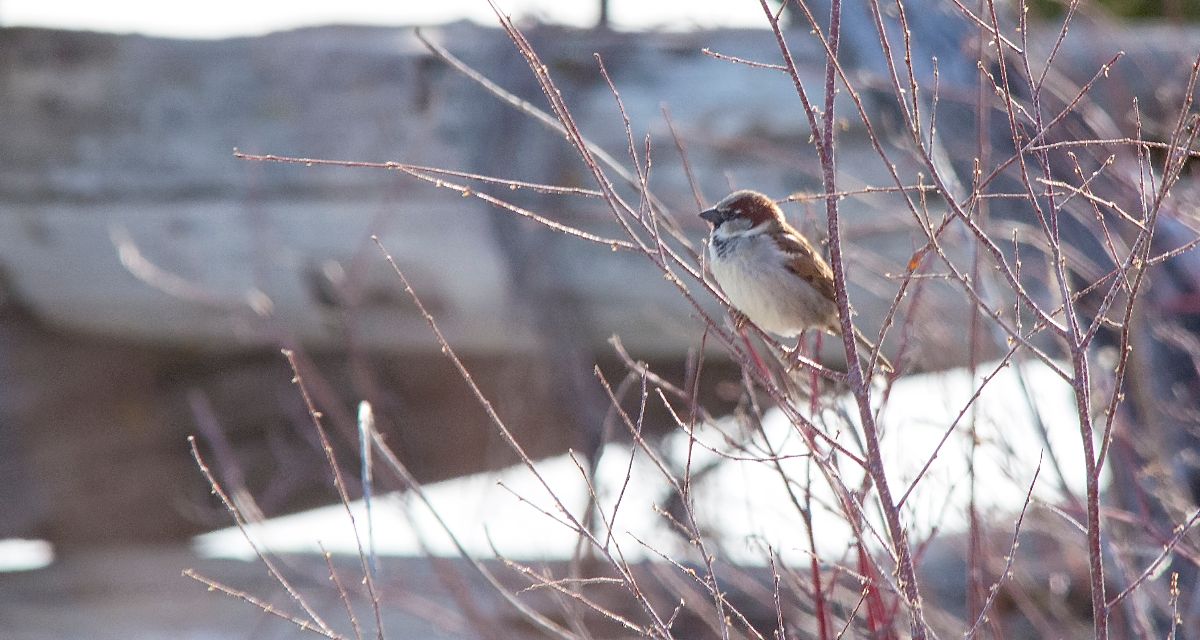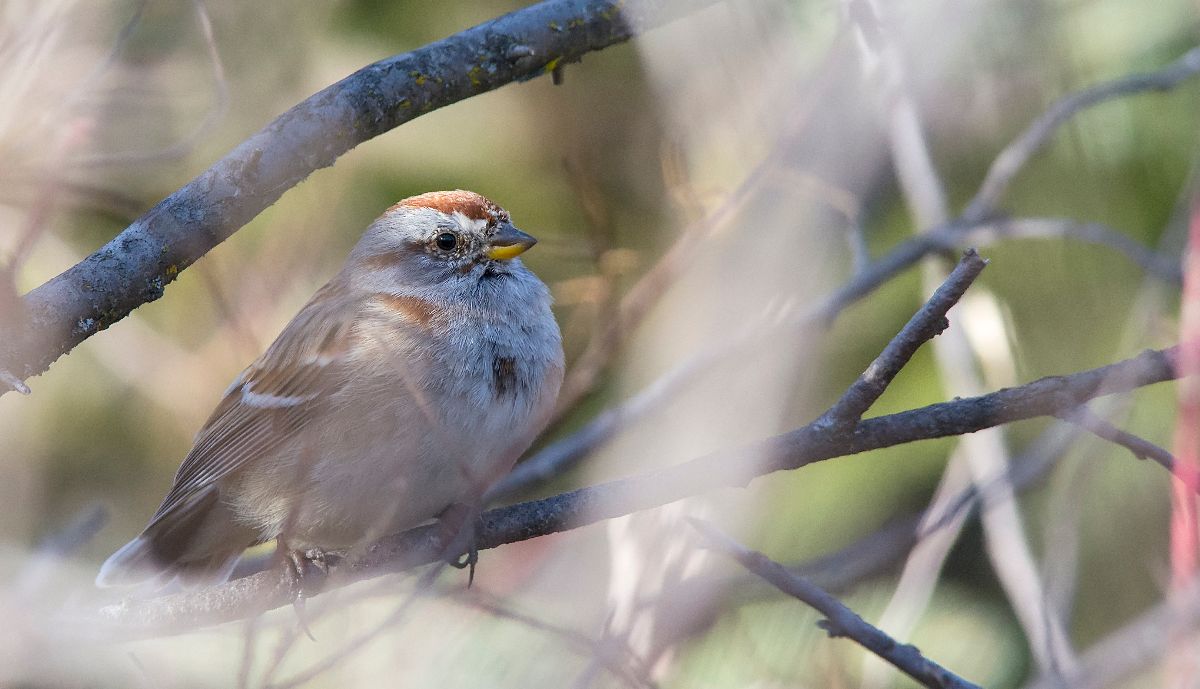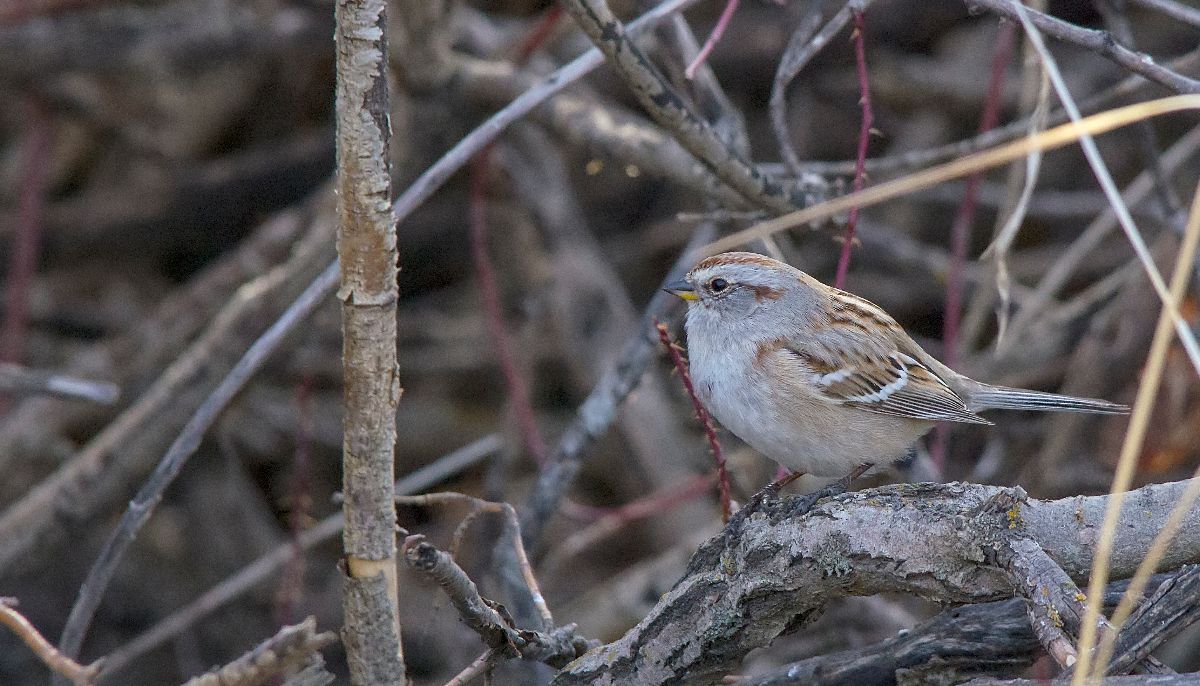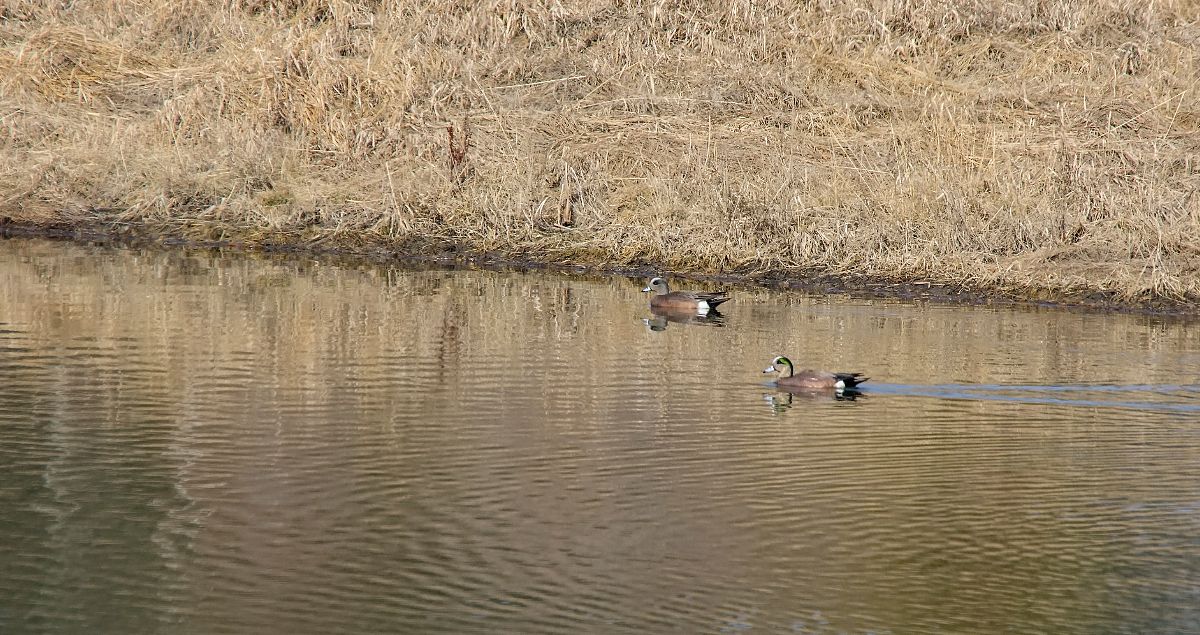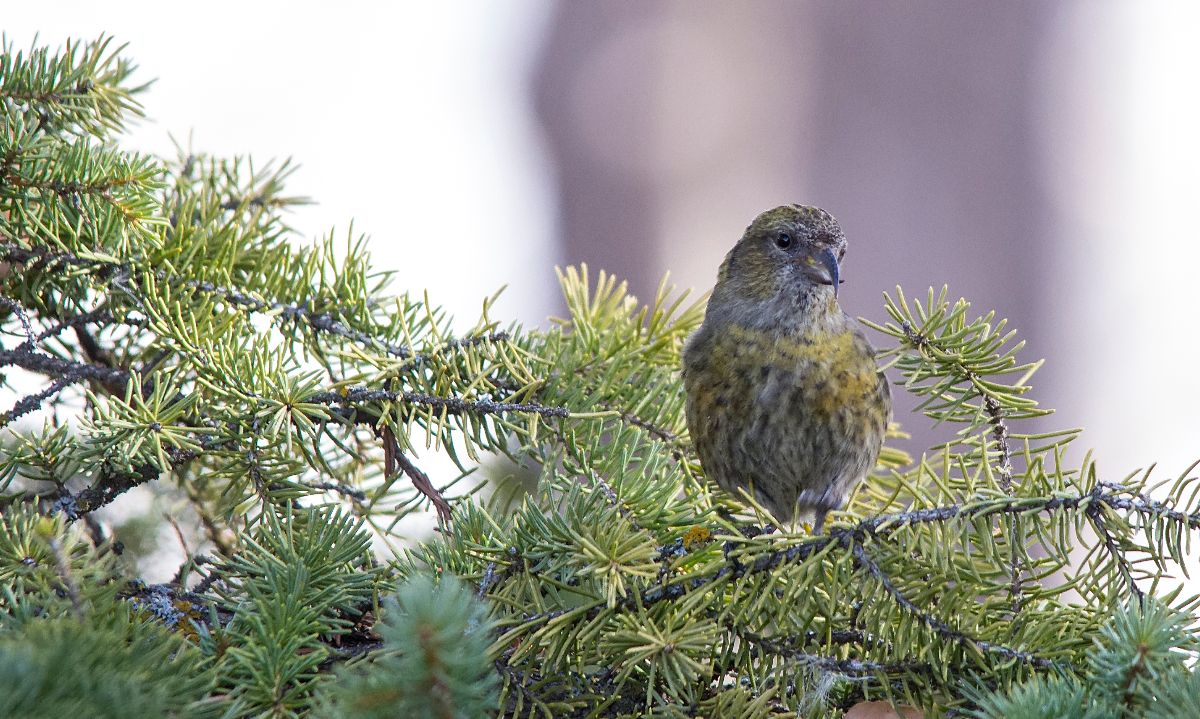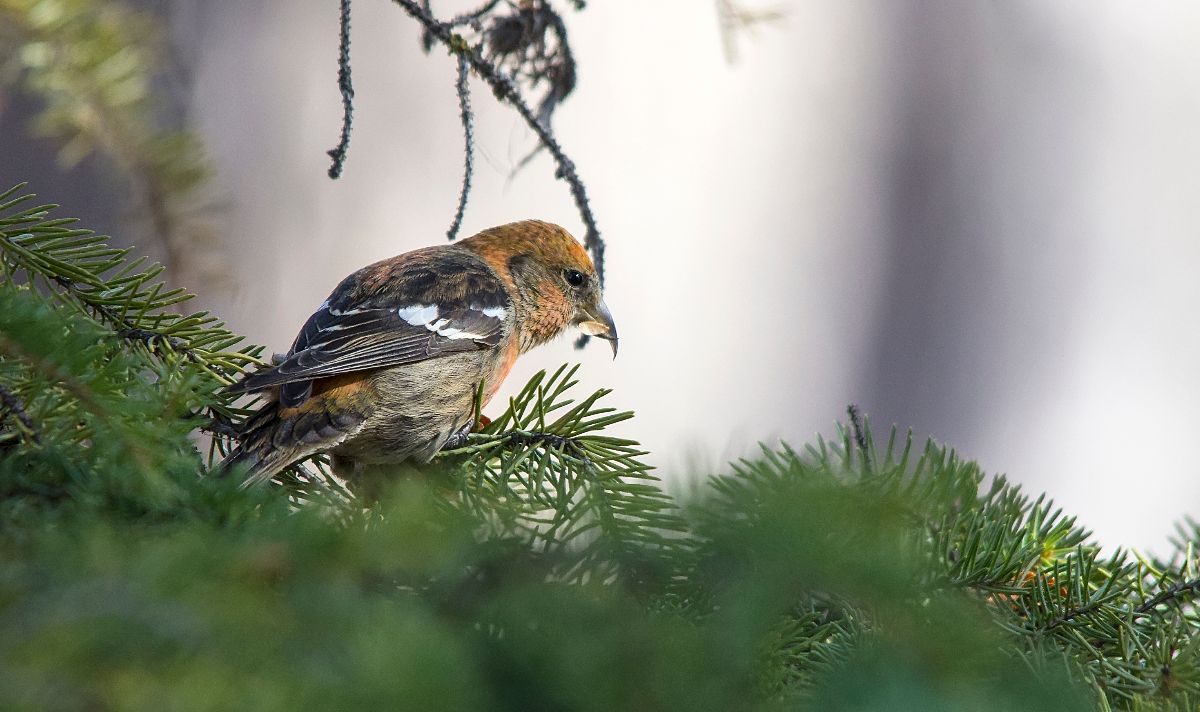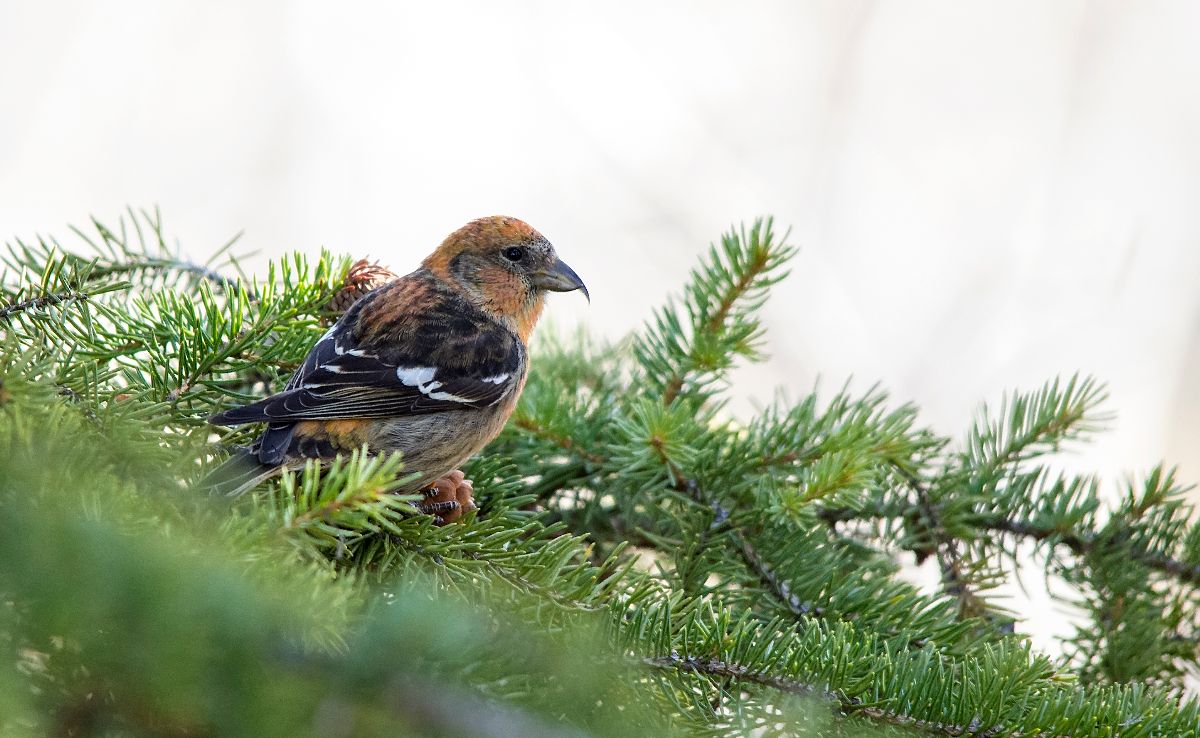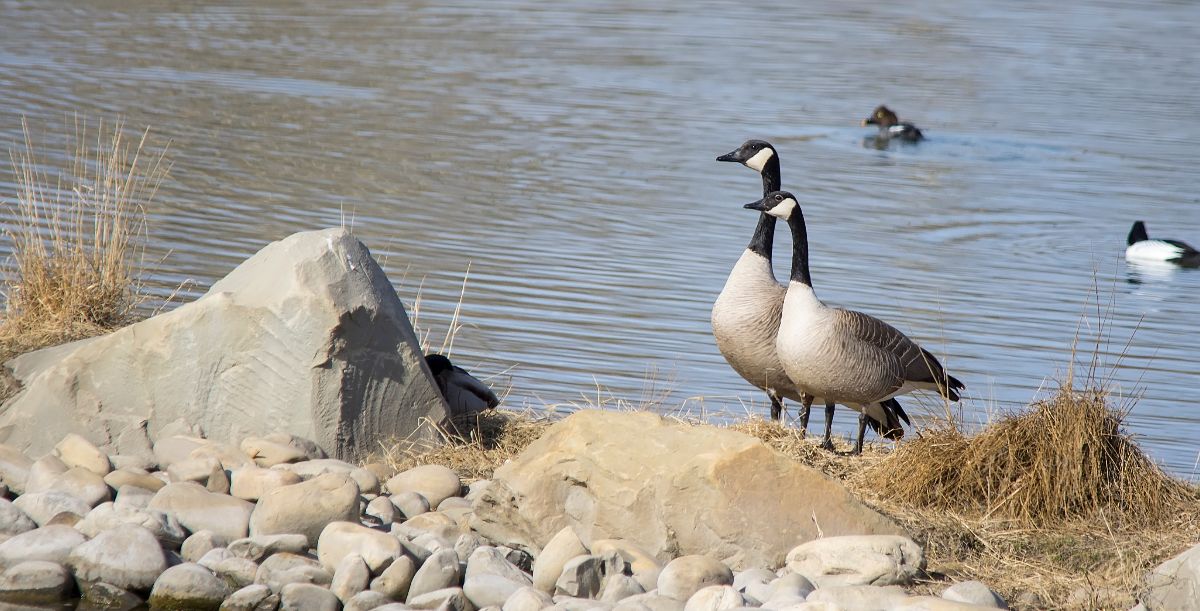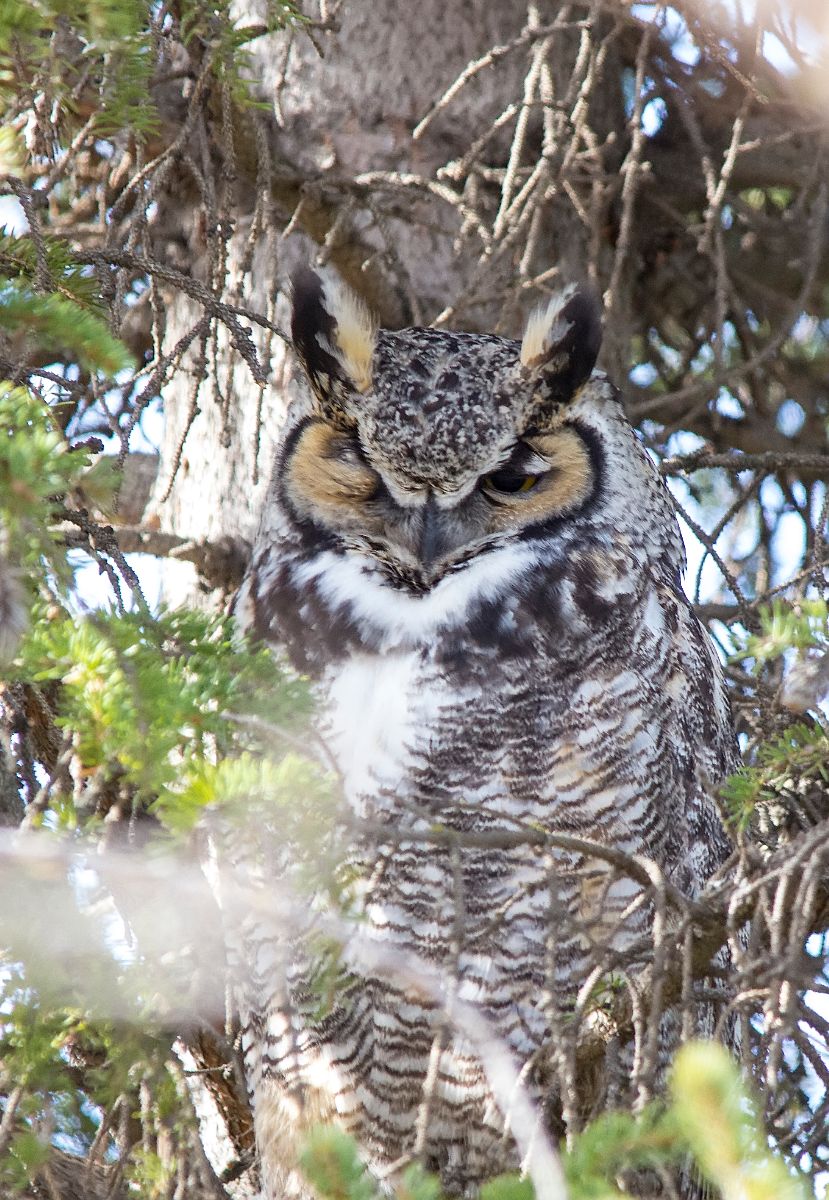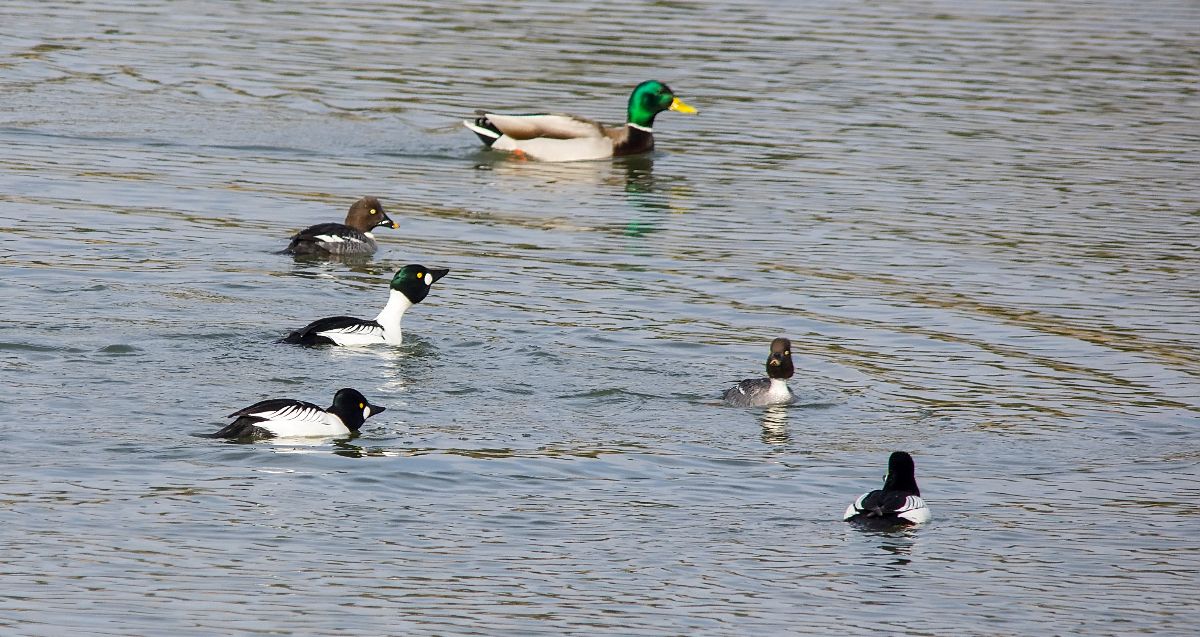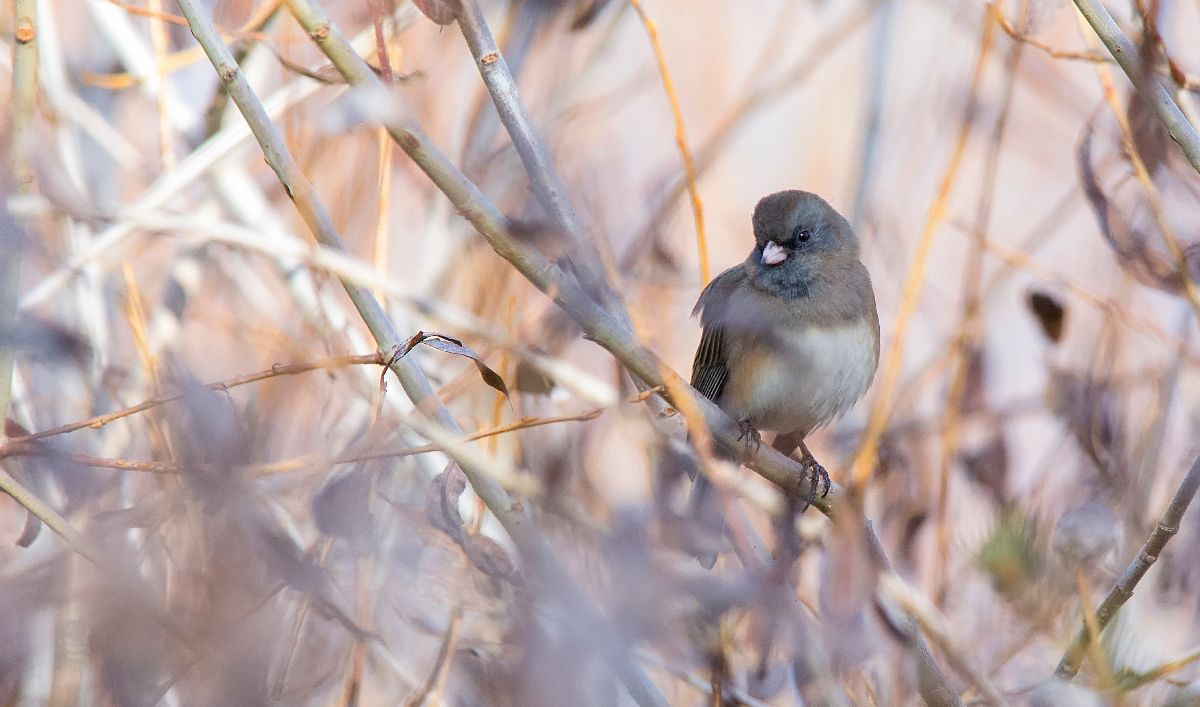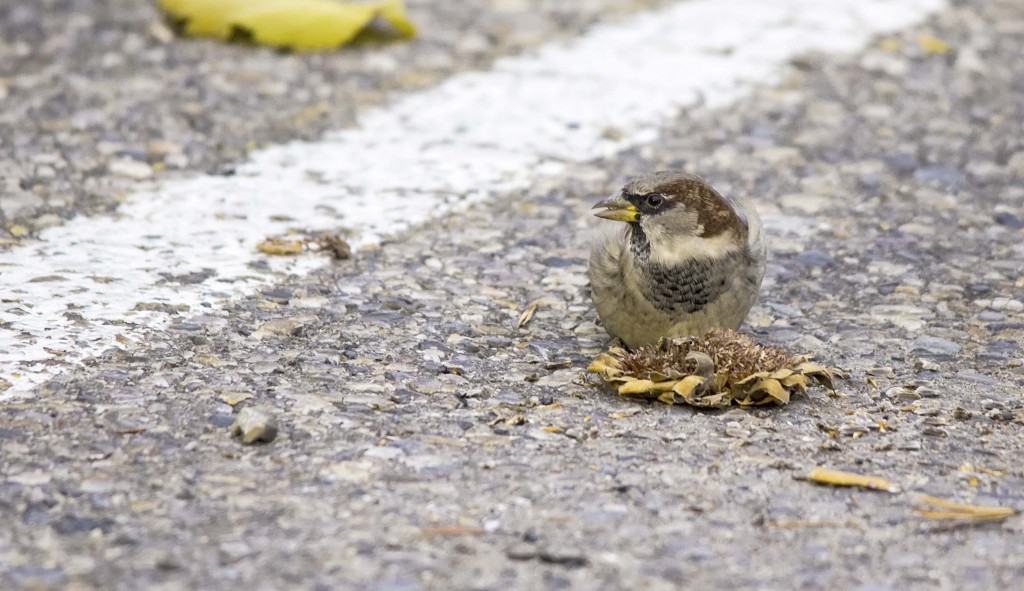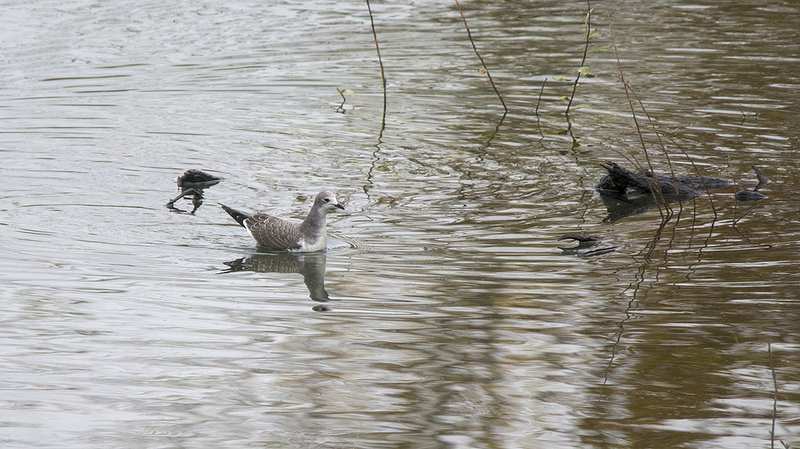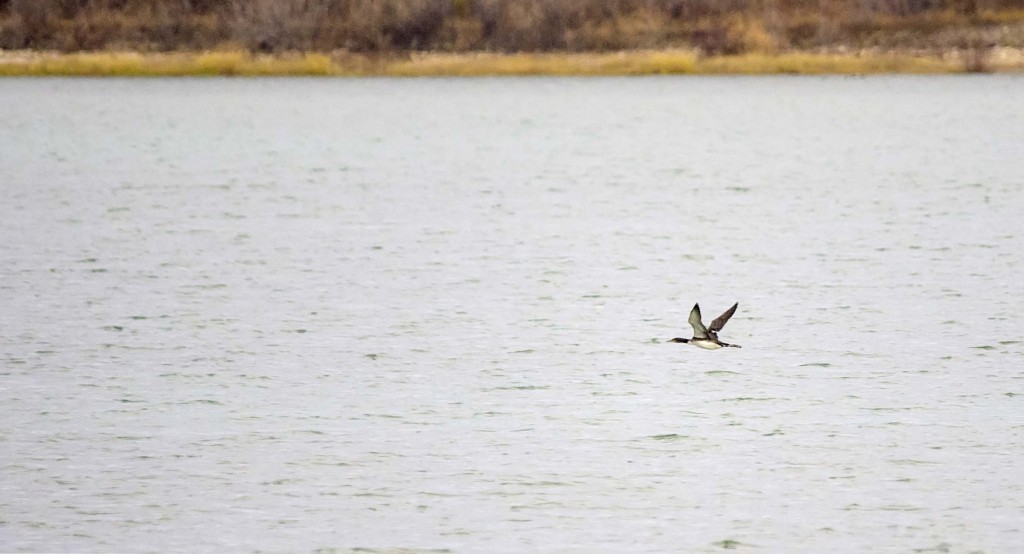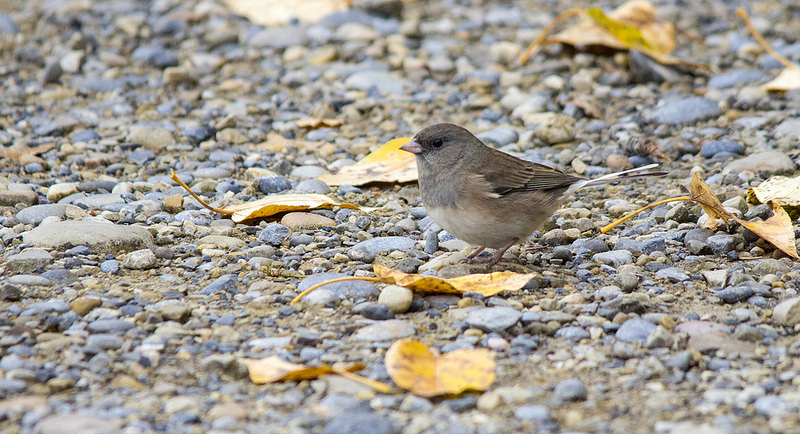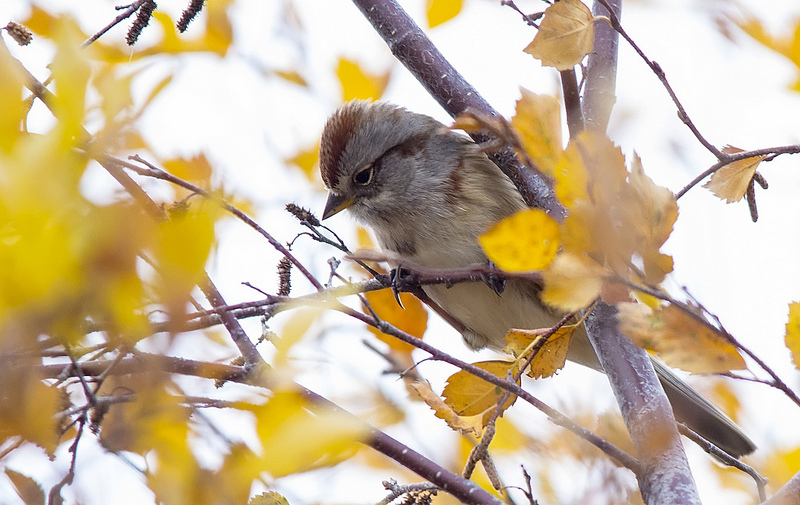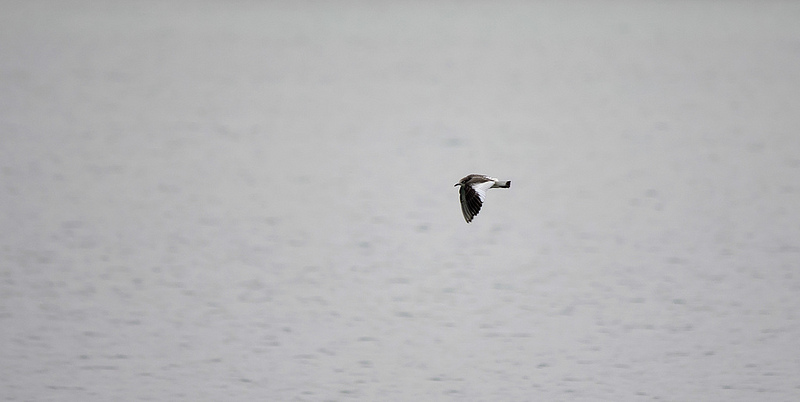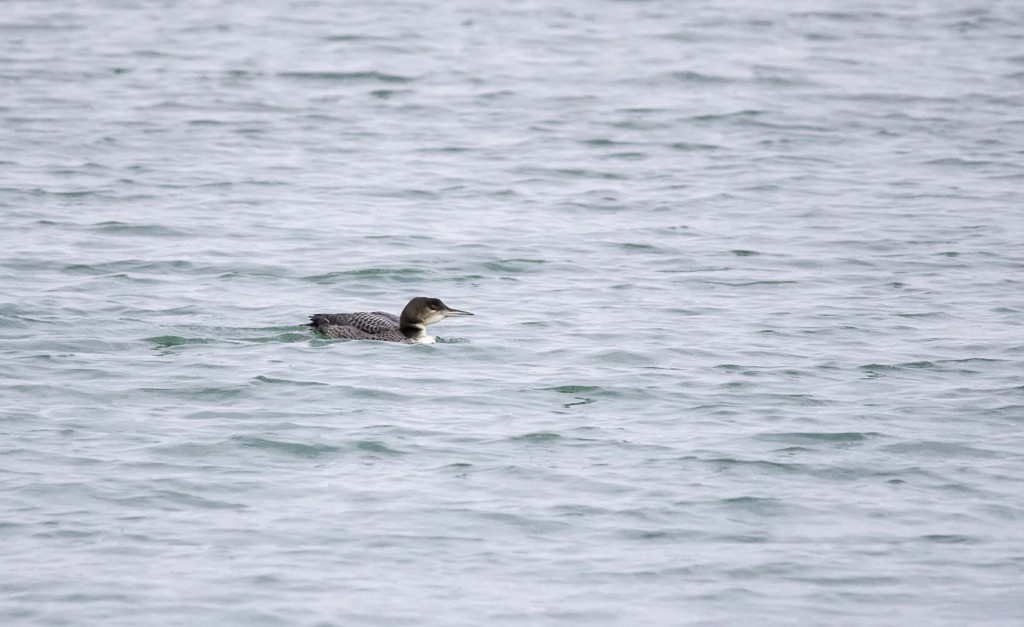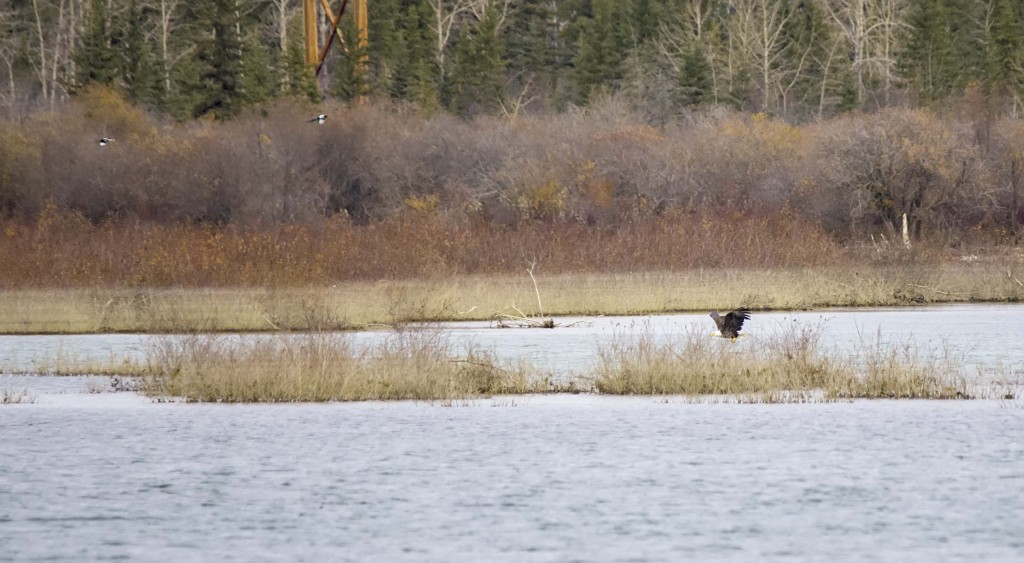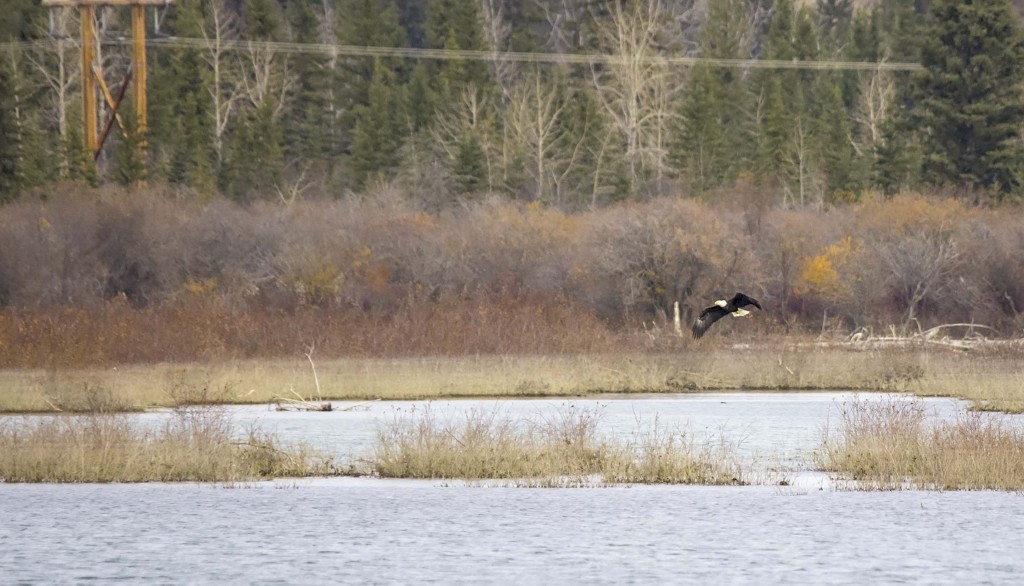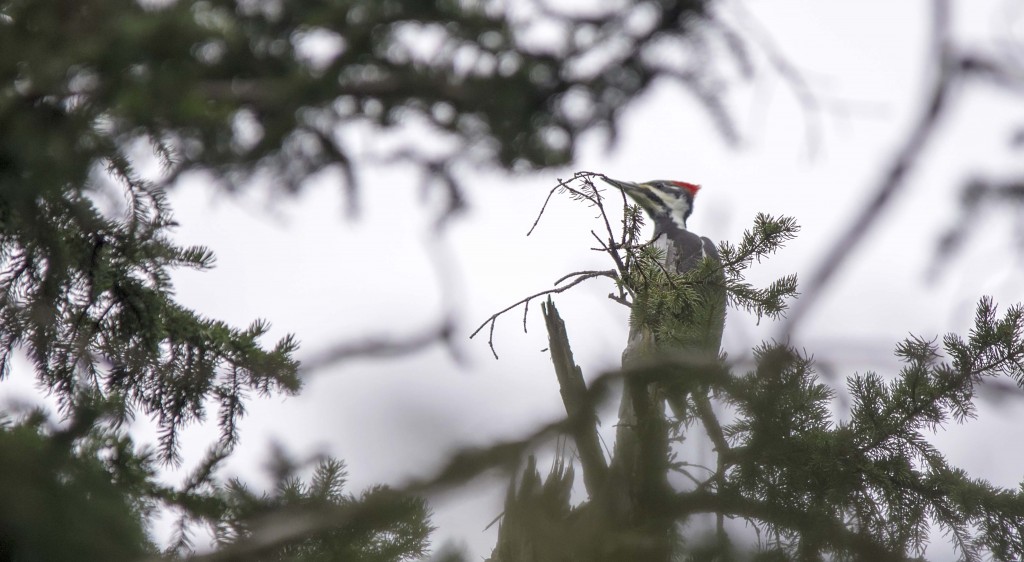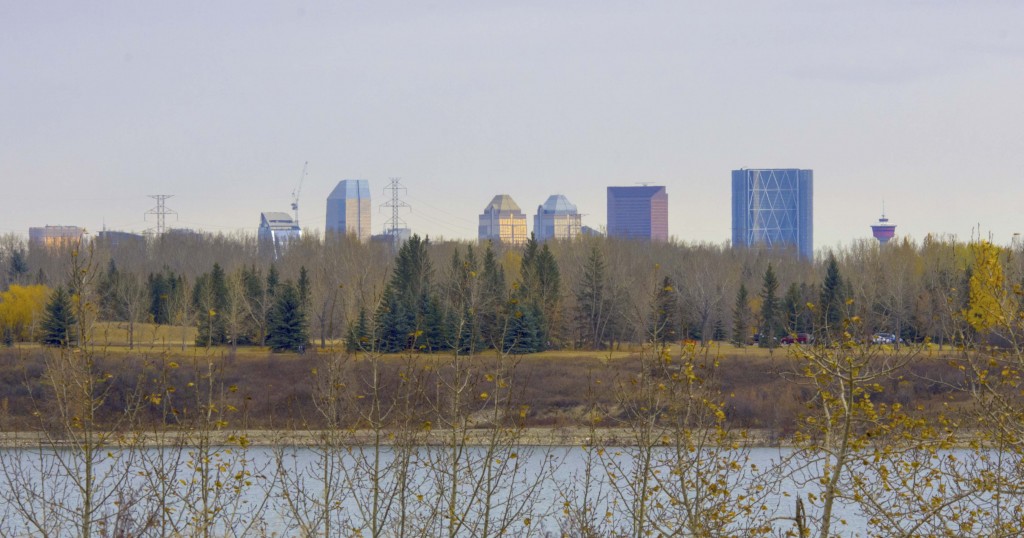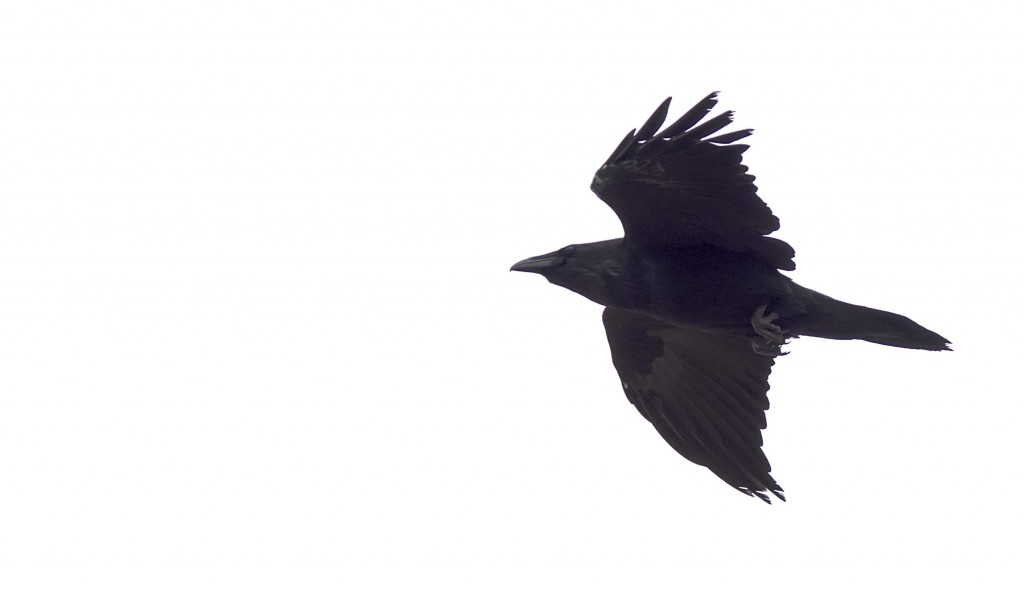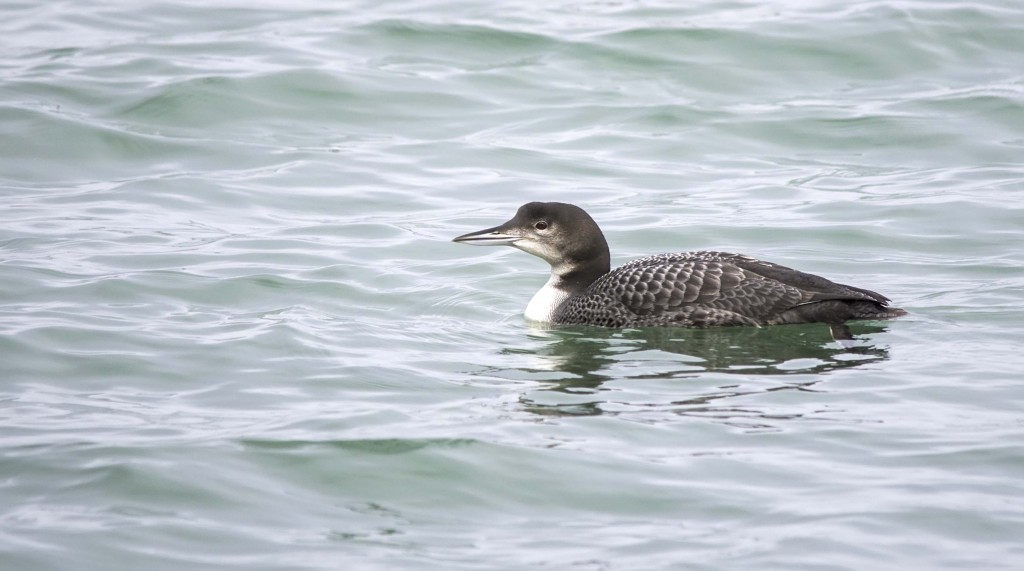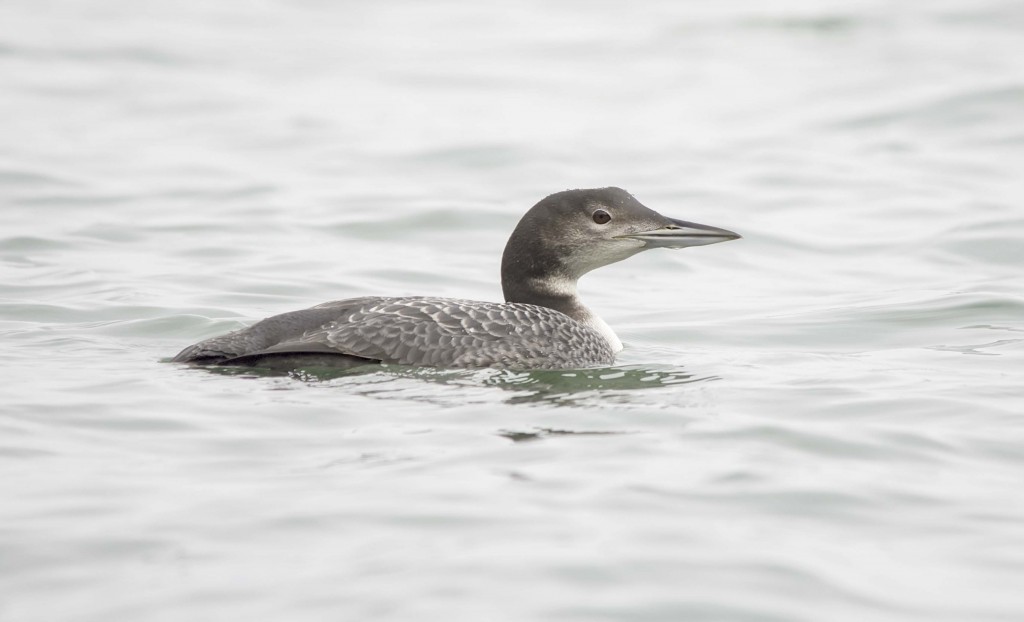Posted by Bob Lefebvre
For the first week of the Friends of Fish Creek Provincial Park (FFCPP) Society’s spring birding course, the groups birded the Weaselhead from the north parking lot down to the other side of the bridge over the Elbow River, and North Glenmore Park, including the stormwater ponds opposite the canoe club. The goal was to look for some spring migrants such as American Tree Sparrows in the Weaselhead and for Swans on Glenmore reservoir, and possibly Snowy Owls on the remaining ice.
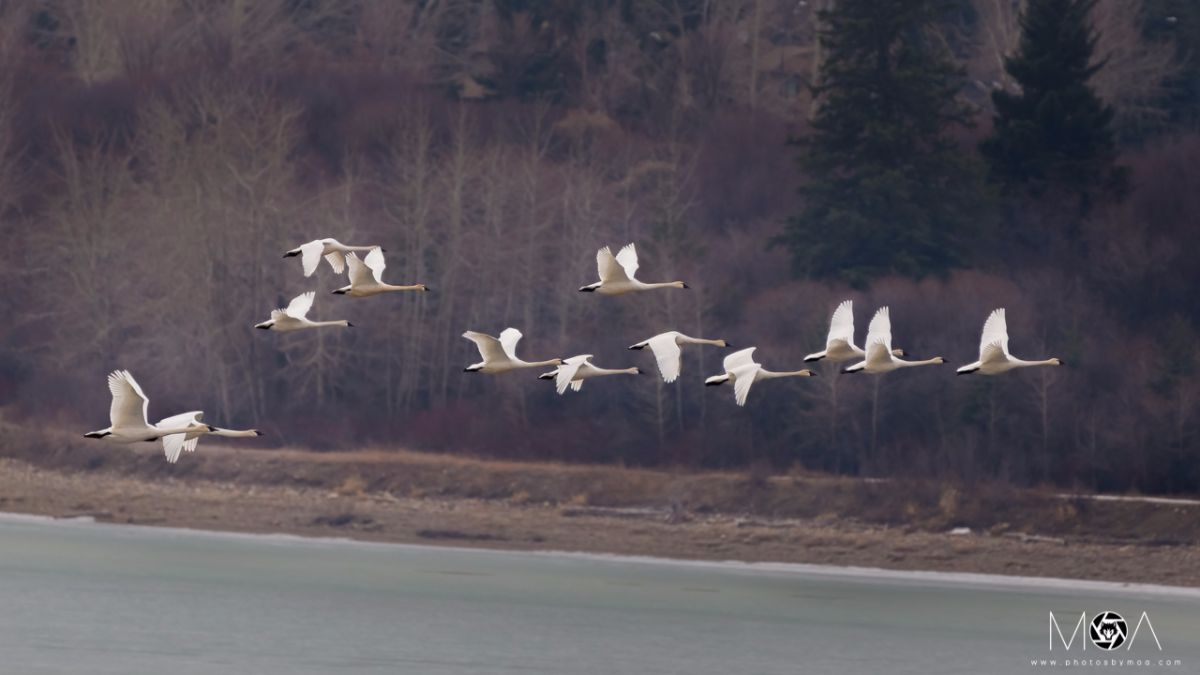
Trumpeter Swans, Glenmore Reservoir, April 9, 2017. Photo by Max Ortiz Aguilar.
[exif id=”16757″]
Max Ortiz Aguilar went with the Sunday morning group on April 9th and took photos of some of the birds and mammals they saw, including the Trumpeter Swans shown above. Glenmore Reservoir is a good place to find migrating swans in spring once the ice begins to go out. (All photos taken with a Canon 6D and a Tamron SP 150-600mm.)
In the Weaselhead, the group spotted American Tree Sparrows.
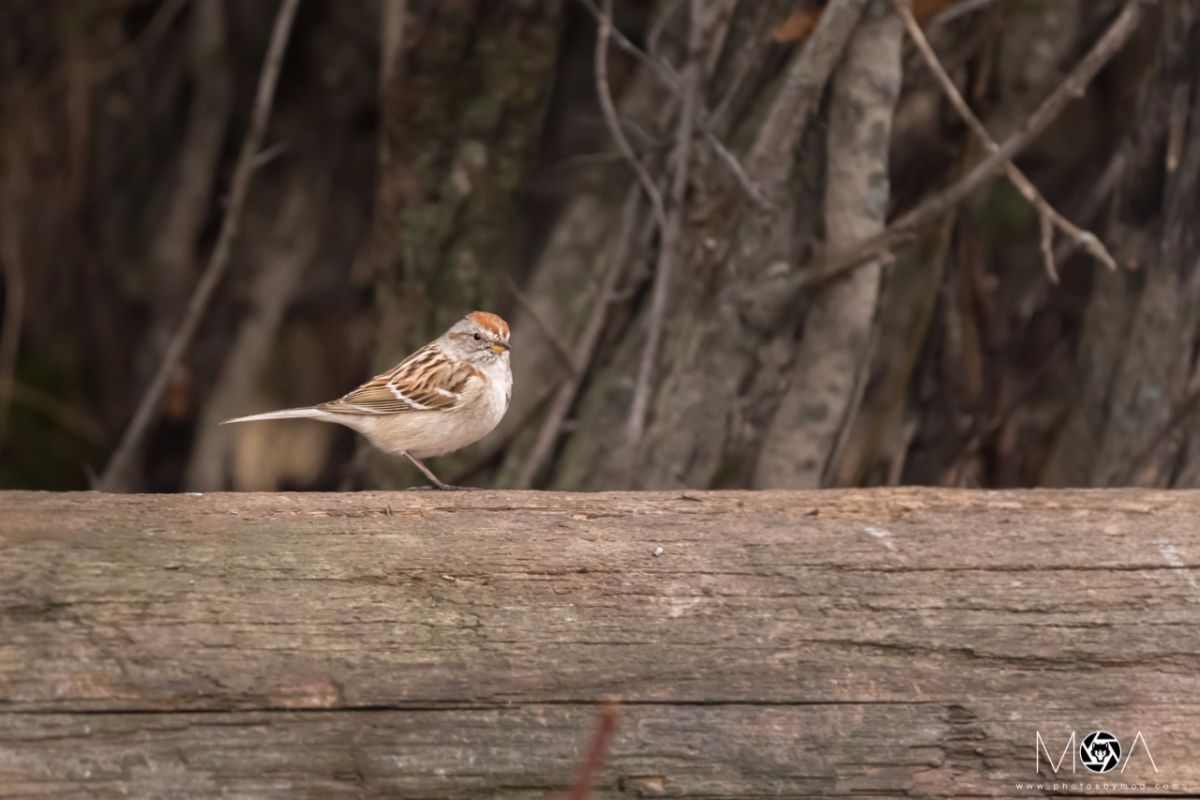
American Tree Sparrow, Weaselhead, April 9, 2017. Photo by Max Ortiz Aguilar.
[exif id=”16759″]
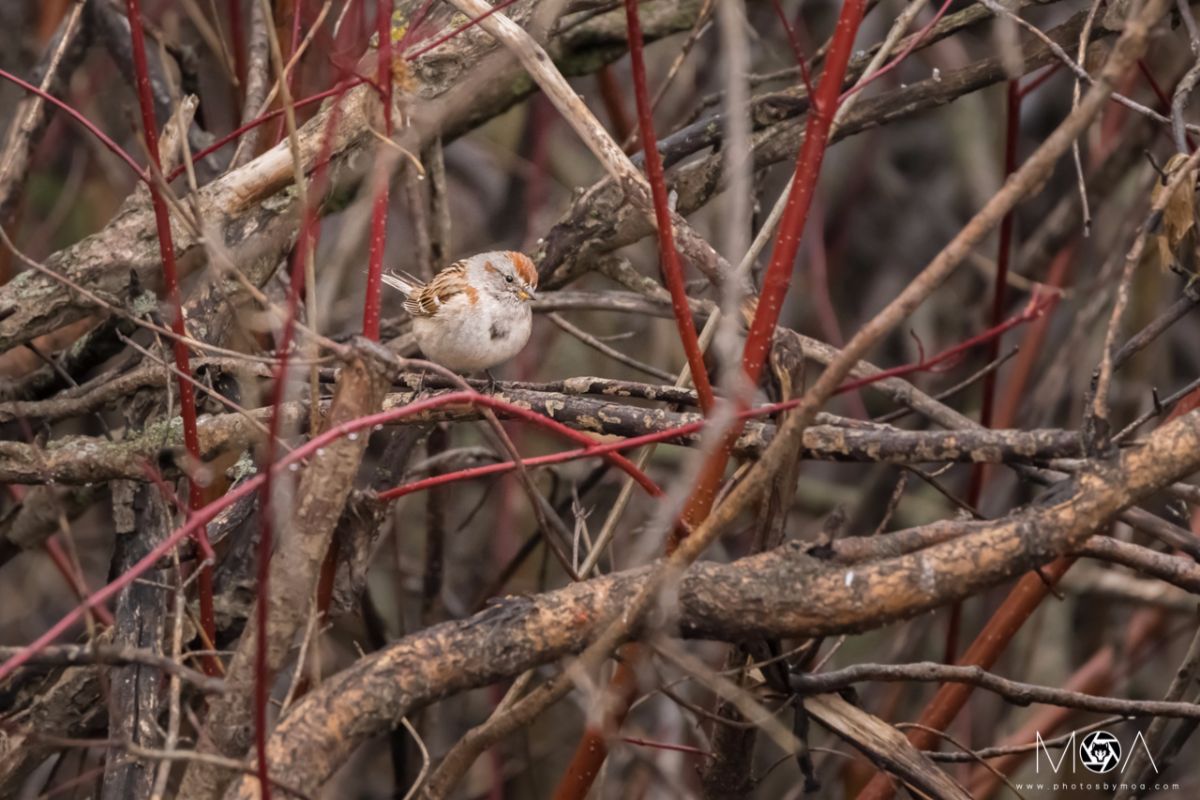
American Tree Sparrow, Weaselhead, April 9, 2017. Photo by Max Ortiz Aguilar.
[exif id=”16760″]
Tree Sparrows are arctic nesters and an early migrant in the spring. Sometimes a few will overwinter here. Note the reddish streak behind the eye, the two-toned bill (black above, yellow below) and the dark central breast spot. These features distinguish it from the similarly rusty-capped Chipping Sparrow, a species which is common here in the summer but which doesn’t arrive back until early May.
The Weaselhead is a great place to find mammals too. Snowshoe Hares are common, and are now mostly in their brown summer coats.
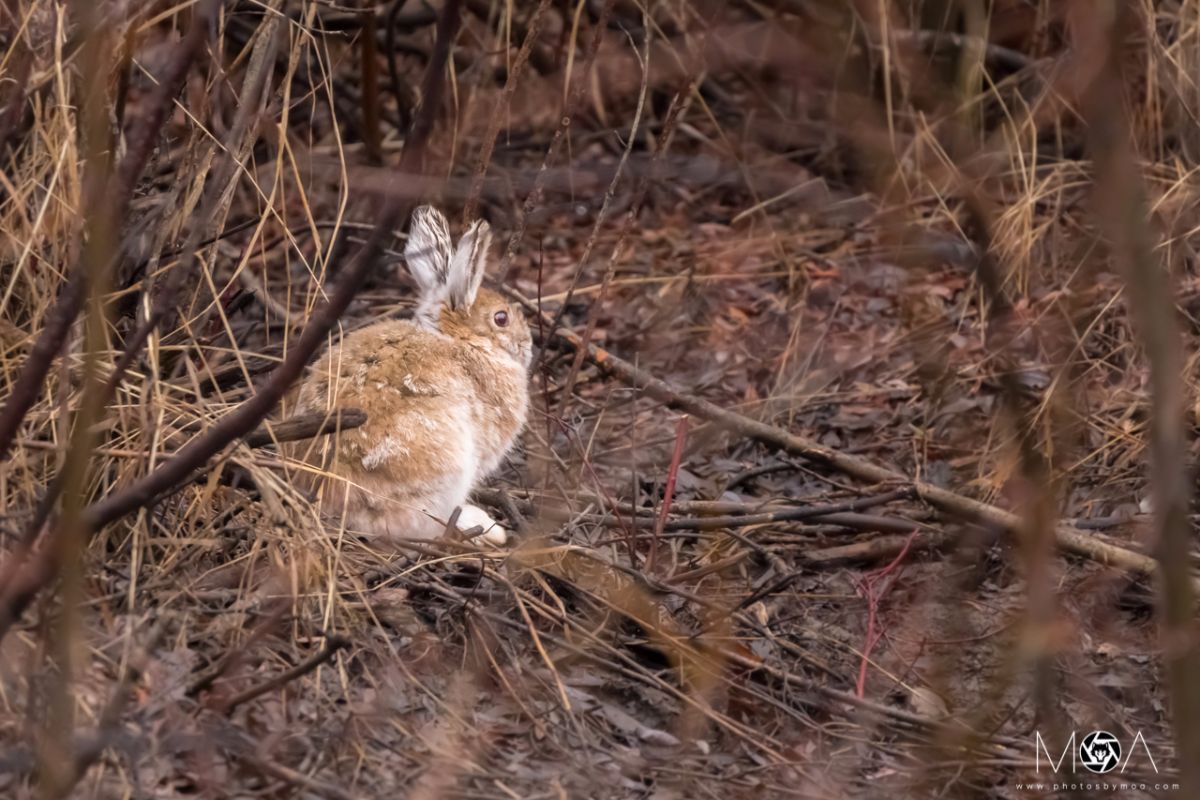
Snowshoe Hare, Weaselhead, April 9, 2017. Photo by Max Ortiz Aguilar.
[exif id=”16761″]
Red Squirrels and Least Chipmunks often are seen at the bird feeders by the path through the Weaselhead.
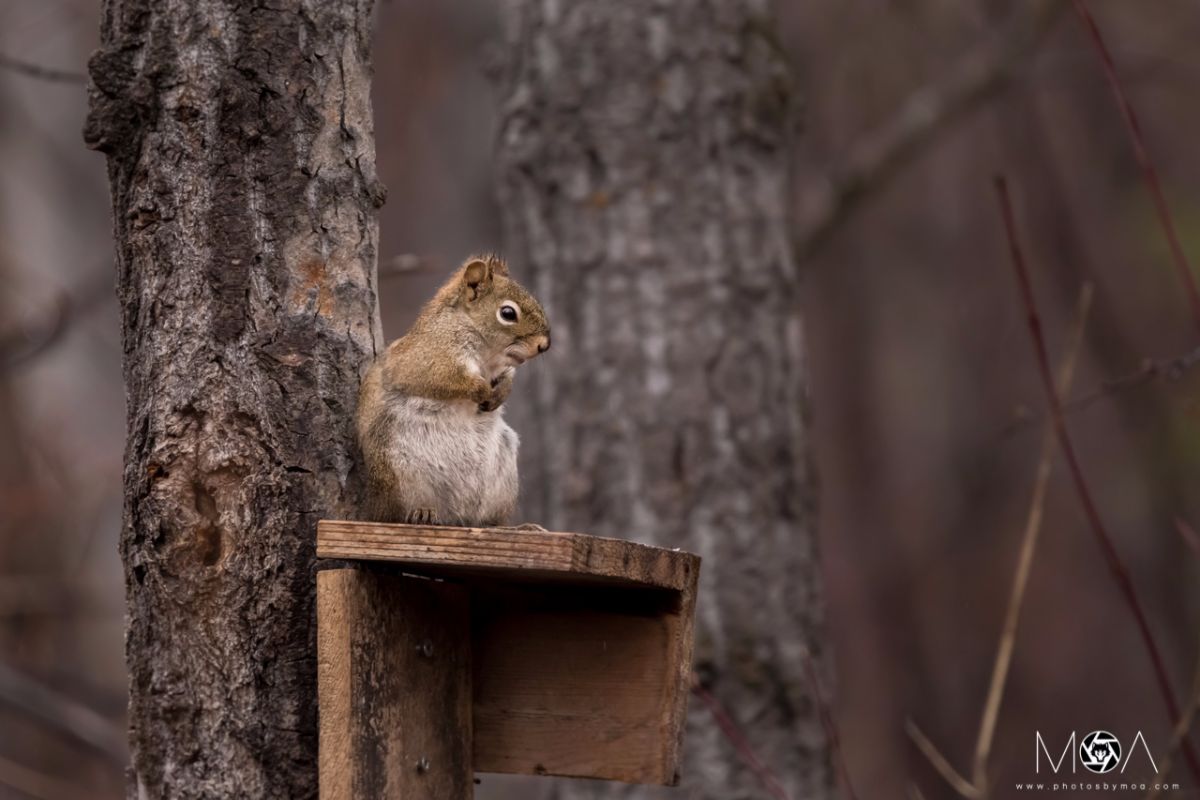
Red Squirrel, Weaselhead, April 9, 2017. Photo by Max Ortiz Aguilar.
[exif id=”16763″]

Coyote, Weaselhead, April 9, 2017. Photo by Max Ortiz Aguilar.
[exif id=”16762″]
Finally, here is Max’s black-and-white shot of a Mallard on a rock in the reflecting waters of the Glenmore Reservoir.
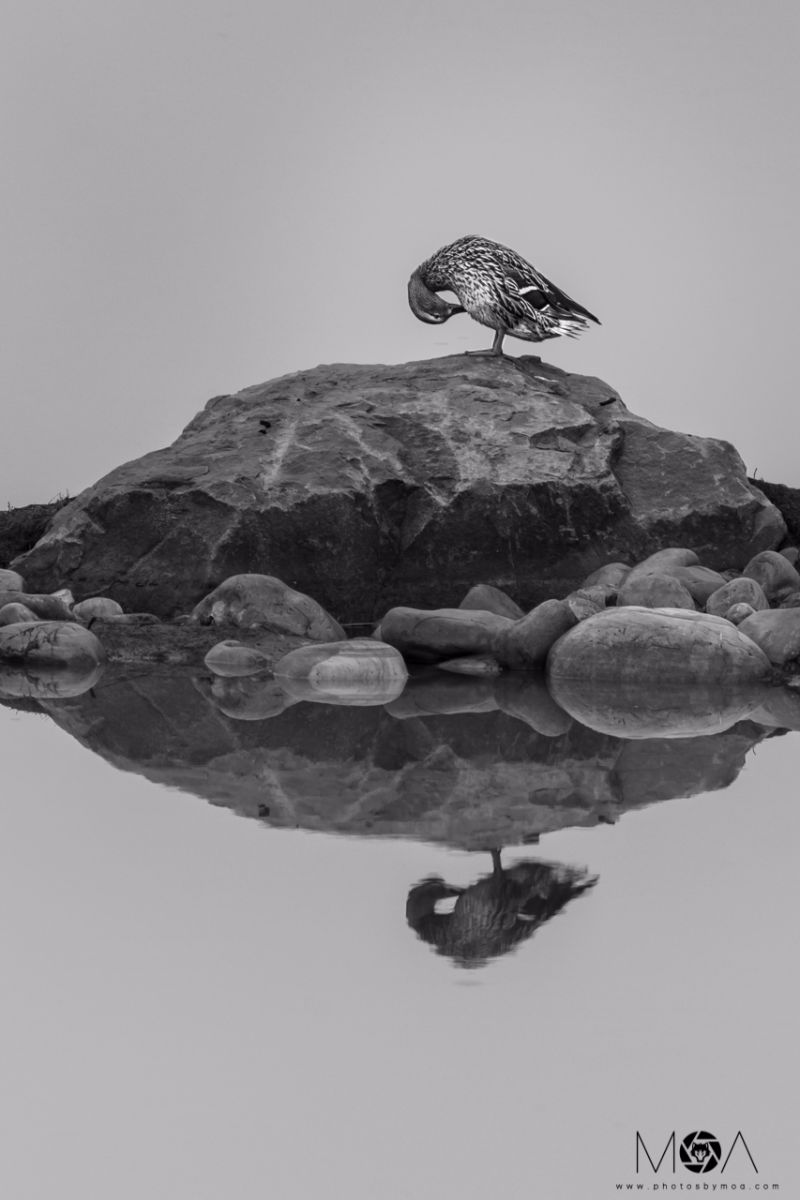
Mallard, Glenmore Reservoir, April 9, 2017. Photo by Max Ortiz Aguilar.
[exif id=”16758″]
To see more of Max Ortiz Aguilar’s photos, see his website, Photos by MOA.
